“The Neo-Decadents, those Post-Naturalist culture sluts of the 21st Century Empire of Ruins, present eleven new international tales of Altermodern dissipation: the rot, rutting, riots and resignation linking India, Japan, Iran, Romania, Italy, England and other glittering jewels of our tedious global capitalist hegemony, all detailed in prose with more convolutions than the shell of a venomous marine snail. Lull yourself into a synthetic opioid stupor of the literary consciousness with these stories of fashion, self-absorption, drugs, murder, Internet anomie and excessive retro gaming, penned by some of today’s most attractive, well-dressed and impolite young authors.
The perfect book for your nervous unmarried uncle who can’t stop collecting tweed waistcoats, or your aggressive lesbian sister who is really too into unpopular and historically-inaccurate pagan rituals.
THIS ANTHOLOGY INCLUDES: at least 60% more sex and violence than earlier editions, making it especially appropriate for younger readers.”
Edited by Justin Isis, the collection consists of the following stories:
Brendan Connell – THE SLUG
Golnoosh Nour – SADPRINCE
Justin Isis – A TREE ROTTING FROM THE TOP DOWN
Arturo Calderon – YAWAR JAGUAR
Gaurav Monga – THE COSTUME
Audrey Szasz – FRED IS DEAD
Colby Smith – HELLENIC DROPOUT
LC von Hessen – BAPHOMET’S BALLROOM
James Champagne – PROVIDENCE SPLEEN
Kristine Ong Muslim – THE BLACK ZODIAC
Damian Murphy – A NIGHT OF AMETHYST
You can purchase Neo-Decadence Evangelion from the Zagava website, with 3 different formats available: paperback (with sweet cover art by Gea Philes), lettered edition, and numbered edition:
https://zagava.de/shop/neo-decadence-evangelion
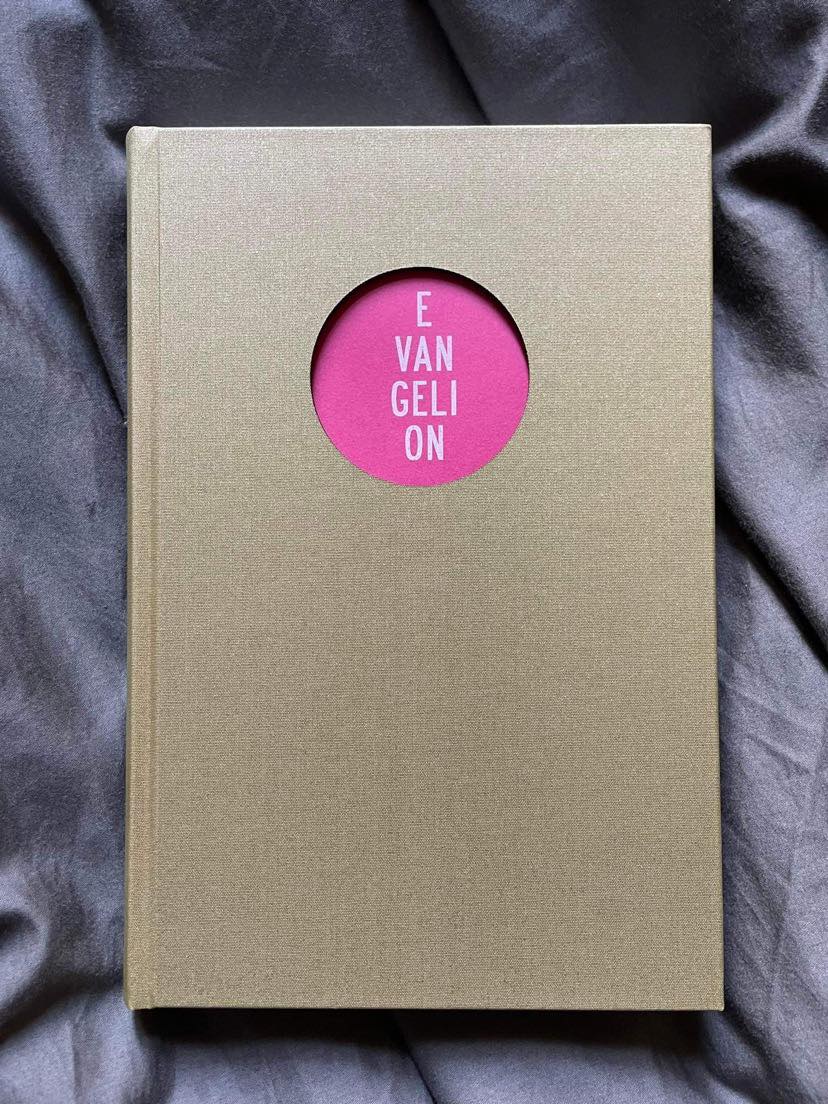
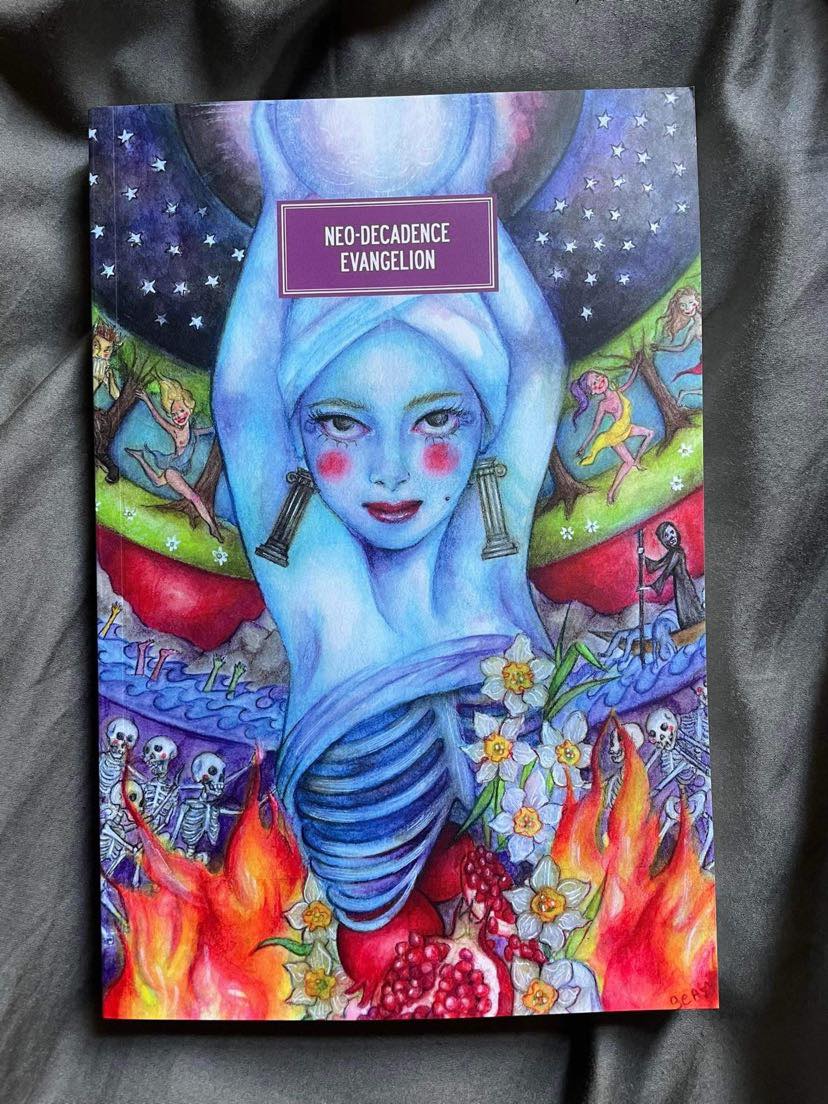
The Contributors
Brendan Connell – THE SLUG
BRENDAN CONNELL was born in Santa Fe, New Mexico, in 1970. His books include: Metrophilias (Better Non Sequitur, 2010), Unpleasant Tales (Eibonvale Press, 2010), The Architect (PS Publishing, 2012), Lives of Notorious Cooks (Chomu Press, 2012), Miss Homicide Plays the Flute (Eibonvale Press, 2013), The Galaxy Club (Chomu Press, 2014), Cannibals of West Papua (Zagava, 2015), Clark (Snuggly Books, 2015), Against the Grain Again (Tartarus Press, 2021), and Heqet (Egaeus Press, 2022).
From “The Slug”:
“He developed a taste for the cheapest wine—those vinegary distillations the liter bottles of which are unmarked by date—the types of grape poor pensioners drink so as to send their memories paddling off on thrifty lagoons populated by drowsy toads and featherless water birds. After drinking a few bottles of that liquid which was the tint of mule blood, eating a piece of liver fried in peanut oil, he would stroll off onto the piazza, sniff around the dresses of German tourists, swagger through the cafés, snatching up handfuls of potato chips from the counters, visiting remodeled urinals and subsequently striking up conversations with deaf widowers or young women who had grown fat on alpine cheese and who would deal with his advances by making guttural sounds and displaying mouthfuls of staggered teeth.”
Golnoosh Nour – SADPRINCE

Golnoosh Nour is the author of The Ministry of Guidance and Other Stories (2020) and Rocksong (2021), both shortlisted for the Polari Prize. Golnoosh’s poetry pamphlet Impure Thoughts came out with Verve Poetry Press in 2022. She’s performed her work in literature festivals and events across the UK and internationally. Her work has also been published by Granta, Vintage, and Columbia Journal. Golnoosh teaches Creative Writing at the University of Reading.
Inspirations/Influences:
I found the new-decadence prompt/ manifesto/ brief that Justin Isis wrote extremely inspiring and energising. The strange violence in “sadprince” was inspired by Dennis Cooper; he/ his writing gave me the mandate to be as daring as the story wants me to be. The campness of the piece was inspired by one of my all-time favourite novels, our good old Dorian Gray. I think there is a bit of a Bloody Chamber (Angela Carter) vibe to it, too. Both Ali and the format of his blog were mostly inspired by one of my close friends in Iran. He writes queer minimalist fiction in Persian.
From “sadprince”:
“Ali and I are sitting on his emerald velvet sofa. If I move my right thigh only a centimetre closer, it will touch Ali’s. I am extremely tempted, and both Ali and I are drunk on strong Aragh, served in elegant golden cups. Before I get to make the fateful decision of moving my thigh closer to Ali’s, he puts his hands around my shoulders, squeezing them with his long, intoxicated fingers, he then puts his mouth close to my right ear, murmuring, ‘so, my angel, where’s that pretty boy you promised me?’
His breath is so hot my ear starts to sweat, I can feel it turn red. He is a tease, and I assume he knows I’m a bit in love with him. I presume he does this on purpose.”
Justin Isis – A TREE ROTTING FROM THE TOP DOWN

JUSTIN ISIS is a Tokyo-based writer, artist and occultist. His works include I Wonder What Human Flesh Tastes Like (Chômu Press, 2011), Welcome to the Arms Race (Chômu Press, 2015), and Divorce Procedures for the Hairdressers of a Metallic and Inconstant Goddess (Snuggly Books, 2016). He has edited a number of anthologies including Drowning in Beauty: The Neo-Decadent Anthology (Snuggly Books, 2018) and The Neo-Decadent Cookbook (Eibonvale Press, 2020).
From “A Tree Rotting From The Top Down”:
“Their mother was a woman beset by the tyranny of internal organs. A schematic existence—angels and unconceived children—appealed to her philosophical temperament: the blueprint instead of the machine. She did not relish vomiting, bleeding, emptying her bowels; the thought of childbirth revolted her. A great sickness had settled over her while carrying Kousuke; Aki had been even worse; she had not so much birthed as dislodged them. She had the imperfectly embalmed look of a woman whose conception of her own beauty has fossilized in a past era, her pale skin, overly lustrous hair and large shoulder pads maintained through repetition, giving the damp and saturated impression of a corporate aunt. As they passed through the hospital doors Kousuke considered the problem of his mother; why was it impossible for him to hate her? He concluded it was a question of physical size: since he was two feet taller than her, a point he had passed as a young teenager, she had come to seem more object than person: that he could easily reach out and touch the top of her head made it impossible to take her seriously. He thought of her distantly as a creature of medieval medicine, thin and miserable humors, phlegm and black bile. Like an inverted snail her hard parts were all inside her, leaving only a film of suffocating weakness on the surface, a soft persistent dampness attaching itself to all present. Even now he felt his lack of hatred to be a great failure of empathy.”
Arturo Calderon – YAWAR JAGUAR

Born in Peru in 1991, this human being is still struggling with the lost futures that never arrived. There is an Art History degree hanging on his wall; a haunting reminder of a more aesthetical world. Ice cream, poetry and ocean waves are the only things he cares about. He is also working as an English teacher in order to pay for his Third World needs in a 21st century universe.
Inspirations/Influences

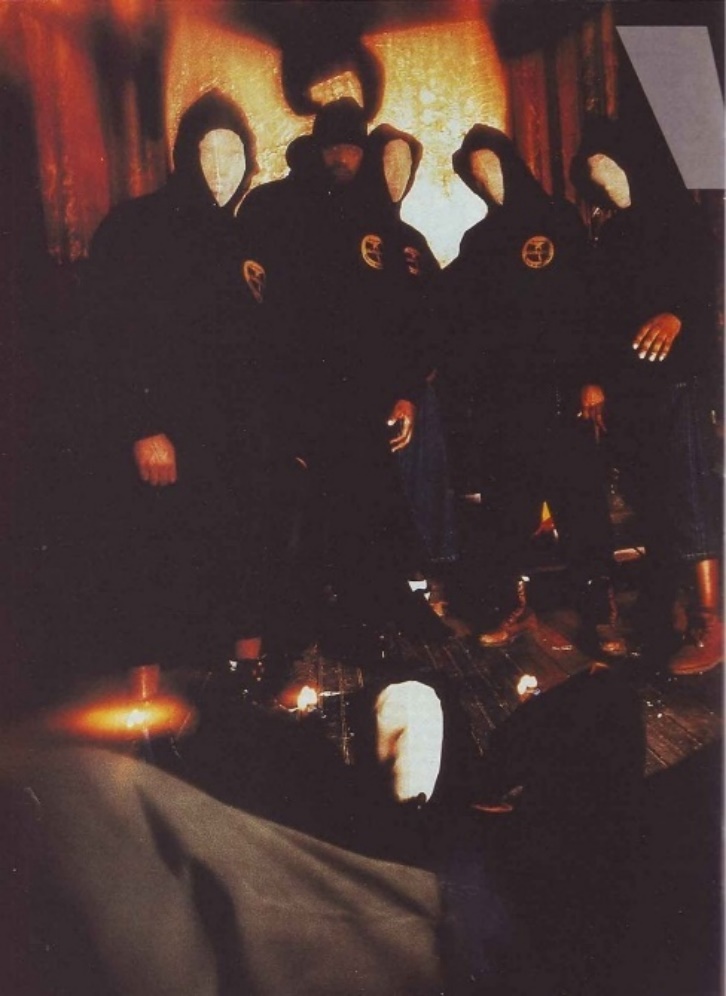
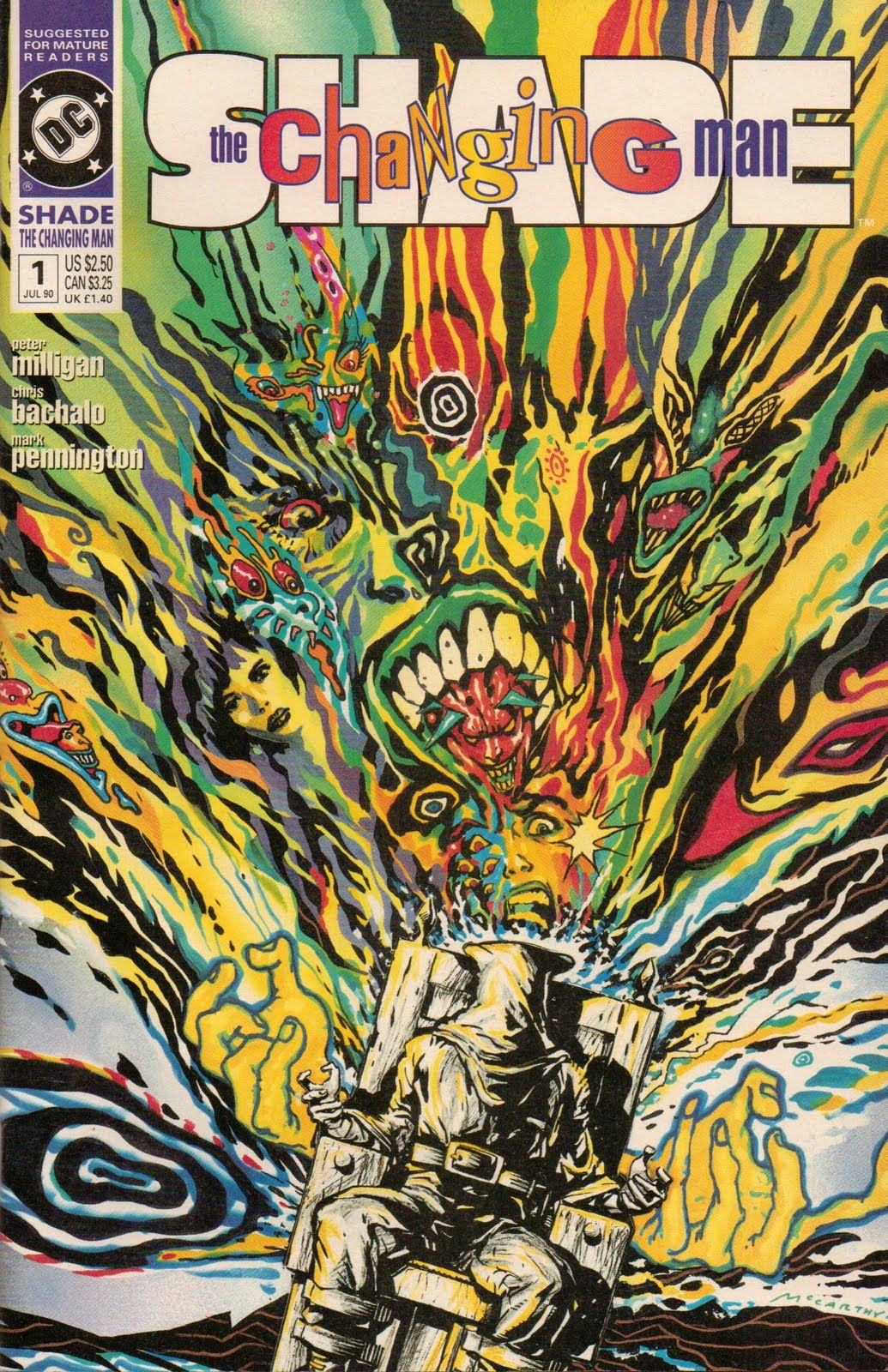
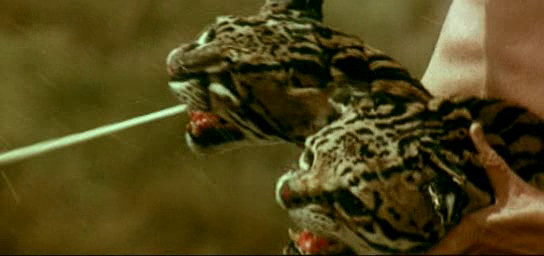



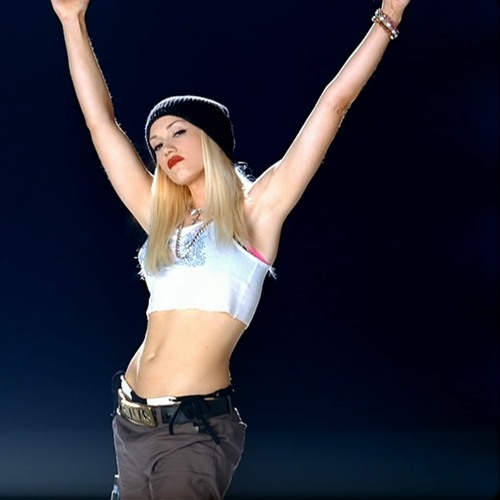






From “Yawar Jaguar”:
“Some silver men got into nearby taxis and the street lights were violet and blue. The eyes of a Justice sculpture were melting into a crimson waterfall and the dogs kept the whole city awake with a little help from pornography and fast food. Urpi was as pale as snow, her cinnamon skin having morphed without warning into marble; Jolyne, who was the mysterious figure, had turned into an ebony carving and the sun on the other side of the planet was trying to stream its sunbeams surreptitiously into her body, using the moon as a big reflector. Lima citizens were no strangers to street fights between different gangs, football hooligans and their own idiotic politicians. Their knowledge had a fatal flaw, though: they were illiterate in signs and symbols. The semiotics of a street ritual were light years beyond their comprehension. One couldn’t help but hope that psychedelics and fashion would soon crash through their skulls and propel them into the XXII century, where they rightfully belonged. The twin panthers entwined their souls first without even moving one of their physical feet. A Panthera hybrid was what the whole country was really waiting for since the fall of the Inca empire, since they decided to become second-hand Americans licking Uncle Sam’s boots. The big cats were now ready to hunt the bald eagle; crossbreeding their spirits was just the beginning.”
Gaurav Monga – THE COSTUME

GAURAV MONGA is a writer and teacher originally from New Delhi. He is the author of Tears for Rahul Dutta (Philistine Press, 2012), Family Matters (Eibonvale Press, 2019), Ruins (Desirepath Publishers, 2019), Costumes of the Living (Snuggly Books, 2020), My Father, The Watchmaker (Hawakal Publishers, 2020) and The English Teacher (Raphus Press, 2021). His work has appeared in numerous literary magazines, including B O D Y, Fanzine, Juked, Tammy Journal, Spurl Editions, Queen Mob’s Teahouse, Birkensnake, amongst others. His interests lie in the relationship between fashion and literature and he is currently working on A Fashion Dictionary.
From “The Costume”:
“To others, Feroz may have appeared as a simpleton, in a time like ours of late capitalism to firmly commit himself to hand-stitched garments, and that too of a single style. The truth was that he spent most of his little money—and even borrowed and kept credit with Memon Sahib— to populate his large wardrobe with Pathani Suits, all colours of the rainbow, and because he not only indulged in excess but for some reason felt that the most essential colour was always missing from his collection, he persisted in buying more and more no matter where he happened to have been living at the time, no matter how ridiculously exorbitant the courier costs might have been. He even emotionally blackmailed his mother to ensure that no concession was made in spending money on his clothes, by saying that these Pathani Suits were gifts for all the birthdays she had missed while he was away at boarding school. He had, afterall learnt the habit of excess—in regards not only to clothing but in terms of keeping the house stocked up with all kinds of furniture, carpets, accessories and even food— from her. In his cupboard he had kept rolls of fabric — he feared the cloth might someday grow extinct—for Pathani Suits he planned to have tailored in the future.”
Audrey Szasz – FRED IS DEAD

Audrey Szasz (aka Zutka) is a London-based writer. She is the author of the novels ‘Counterillumination’ (2023), ‘Zealous Immaculate’ (2022), and ‘Tears of a Komsomol Girl’ (2020). Infinity Land Press published her debut in print, ‘Plan for the Abduction of J.G. Ballard’ (a collaboration with Jeremy Reed) in 2019, which was followed by her first novella ‘Invisibility: A Manifesto’ (2020) released by Amphetamine Sulphate.
@szasz_audrey
audreyszasz.com
From “Fred is Dead”:
“One hundred percent control equals one hundred percent dependency. I will elaborate. This is what I told Mama, Cohen and the Doctor. In the dream I was an intern. My line manager was convicted serial killer Rosemary West. She was an agony aunt and an excellent seafood chef on the down-low. At her insistence, I called her Aunt Rose. I helped her with her weekly Observer column. I also produced copy for her personal website, which took the form of a blog. I’m not going to lie, I was scared of her. She was often verbally abusive. But I soaked up all the abuse like a sponge. She made me wear a little badge with my name on it. Dorka. She criticised my fashion choices up to the point where I gave in and just let her dress me how she wanted. Signifiers scramble the codes, but Aunt Rose liked me because I was good at typing and I knew how to use the internet whereas she was no good with computers. She was from another era, another time and place. She would chastise me and her Gloucestershire accent would reverberate in my ears. It was terrifying but somehow stimulating on an erotic level and as the weeks passed I gradually began to obtain a great deal of satisfaction from her frequent harangues. We were playing a strange game. Many people wrote to Aunt Rose asking for advice and she was happy to help. For her it was normal to live surrounded by the corpses of people she’d murdered. Perspective is key. I told her about a remote outpost far away in the South Atlantic. I evoked a vision of igneous rock. A grue of ice. Shades of ashen grey. Tempestuous waves. Friendly cetaceans doing their utmost to mitigate my chronic thalassophobia. We discussed a shared interest in petrology, exchanging giggles like a couple of blazing dilettantes. Predictably, it wasn’t long before the abuse became physical. She came up behind me as I typed and wrapped her fingers around my throat. She forced me to my knees and kicked me repeatedly with genuine relish as I writhed upon the office carpet. She dragged me around for a few minutes hurling insults at me. She slapped me and for a moment I thought she would spit in my face. There were friction burns on my knees and elbows. ‘You bitch, you little cunt,’ she hissed. She reached under my sweater and twisted my left nipple. It was really painful. I began to cry. ‘But I do everything you say,’ I protested, ‘I’ve never disobeyed, not once.’ I realised then and there that it was just a matter of time before she took me to Bouvet Island.”
&
“I start to come up, and my heart beats faster, and it’s hard to breathe — I want to collapse onto beds, divans, sofas, the backseats of limousines — what did I do to offend them? Is it possible to imagine that pity can produce love? I feel like marching right into a shrimp shack and choking myself into submission with my own left fist rammed so far down my throat that it begins to enlarge my oesophagus. Barbie’s little sister knee-deep in sunset-tinted pools of shrimp chowder. Cook me for forty minutes. The women shriek continually. Alright ladies, I coughed. We were on a journey so frightful that we simply wanted to arrive, no matter where we ended up. I do my utmost to comply with Aunt Rose in my duties as an unpaid intern. A giant moose emerges from the foliage as the train rushes by. I catch a glimpse of its antlers, then it is gone. Aunt Rose advocated the use of the very worst — and by that I mean to say the very flimsiest — of pretexts so as to satisfy the enigma of her sexual appetites, the key to the puzzle that had always eluded her. It is not my place to ascribe meaning to her dubious conduct. She runs her hands over my brow, my cheeks, my neck, my breasts, my stomach, my vulva, and my thighs, all in one fluid movement. I am reduced to a series of pure material signifiers. We walk four kilometres in the pouring rain, sliding rapidly into a state of interrupted consciousness. They lie on ruined beds, on mortuary slabs. They provide anatomical parts for unknown experiments. She informs me that in her opinion my nihilist attitude reveals certain truths, but that in her hands my self-will is annulled. She called me a wild, intangible creature, a languid schizoid in need of discipline. More and more I began to let her take over. We are all under a deferred sentence of death, I lazily opined. We wound up the evening in a dance-saloon in the hills, illuminated during the evening by a projector mounted on a mast. There is no closure. The endorphins are a boon. Somehow I split off, or temporarily forget. There are ways of dulling the pain. Distortion. The whip goes kish, kish. I am grinding my teeth.”
Colby Smith – HELLENIC DROPOUT
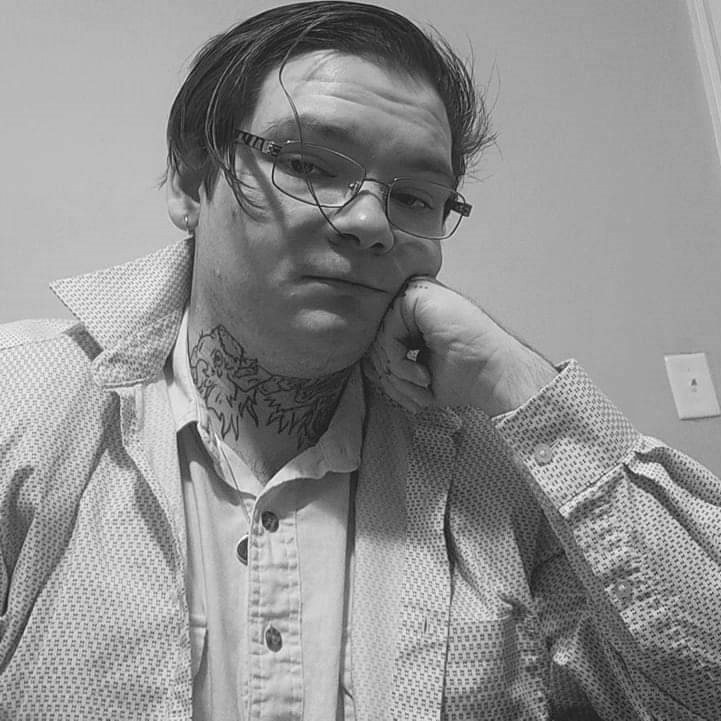
COLBY SMITH was born in southern West Virginia and is currently based in Cleveland, Ohio. A college dropout, he is the author of The Ironic Skeletons (Snuggly Books, 2022), and his music criticism focused on punk rock and related subjects regularly appears in the Australian arts-and-culture webzine The Aither. His debut short story collection, The Universe as Performance Art, is forthcoming from Eibonvale Press.
From “Hellenic Dropout”:
“Covering my entire torso is a partial ink reproduction of the Infernal panel of Bosch’s Garden of Earthly Delights. It is the only tattoo I have and is the only transmutation of my flesh I am willing to indulge. Thus my ears are also virgins to the piercing spike — when circumstances present themselves, I will even refuse surgery. I got it done because I had the means and the desire; there’s little else to be said about modifying the human body.”
&
“Robbe-Grillet, she said to me once in bed, knew the power of surfaces as intimately as Ottoman architects.”
LC von Hessen – BAPHOMET’S BALLROOM

LC VON HESSEN is a writer of horror, weird fiction, and various unpleasantness, as well as a noise musician (as Madame Deficit and an auxiliary member of Smell & Quim), multidisciplinary artist/performer, and former Morbid Anatomy Museum docent. Their work has appeared in such publications as The Book of Queer Saints, Your Body is Not Your Body, Neo-Decadence: 12 Manifestos, Hymns of Abomination, Beyond the Book of Eibon, multiple volumes of Nightscript and Vastarien, the upcoming It Was All a Dream and Stories of the Eye, and the ebook collection Spiritus Ex Machina. An ex-Midwesterner, von Hessen lives in Brooklyn with a talkative orange cat.
From “Baphomet’s Ballroom”:
“You are also here as press. You’re freelancing with Beat It Brooklyn. You live and write in New York City, so you are of course not being paid enough. You have a day job as a barista, which also does not pay enough. You have a tattoo of The Giving Tree on your right bicep, which you got as a freshman in art school and which now vaguely embarrasses you. Your septum ring is small and unobtrusive.
You know little about Baphomet’s Ballroom beyond the fact that it’s the sole brainchild of owner, founder, and curator Xander Hellmann, the self-declared Anti-Pope. It’s unknown whether he intends that term in the historical Roman Catholic sense. Press and social media photos show him with lips set in a grim line, oddly contrasting with a fluffy Warholian mop of lavender-rinsed platinum-bleached hair that may or may not be a cheap fright wig. Behind an omnipresent pair of dark sunglasses, he cultivates a bug-eyed stare that falls somewhere between Manson (either one) and Avida Dollars-era Dalí.”
&
“A member of the audience rises, weaving gingerly through the seated crowd, briefly knocking into the videographer as he does so. This, it turns out, is the representative of Anger: a tanned, muscular man sporting a slick pompadour shorn trendily high on the sides. He takes the stage in a Hefneresque smoking jacket revealing a few errant strands of chest hair along with a pair of clingy silk pajama pants highlighting his toned thighs and modest flaccid bulge. In one hand, he holds the plastic version of a ’50s sitcom dad pipe; in the other, he holds a megaphone. You recall that he’s also a fitness influencer under the name of Teddie Cuckspin.
In an unexpectedly nasal voice, he starts ranting about Post-Leviathanism and Cyber-Gaia Autonomy and Memetic Scorpiology and Indigo Child Discordia and Voudon Gnosticism and the Trans-Belial Singularity. His sermon makes little sense to you: perhaps, you wonder, because you are not a practicing occultist.
You also find it difficult to pay attention since, at least once a minute, Teddie/Anger presses a button on his megaphone which unleashes a grating version of the opening strains of “Für Elise.”
James Champagne – PROVIDENCE SPLEEN

JAMES CHAMPAGNE is the author of Confusion, Grimoire, Autopsy of an Eldritch City, Harlem Smoke, Cometh Darkness (forthcoming) and Pleasant Tales III (forthcoming). He lives in Woonsocket, Rhode Island.
Inspirations/Influences:

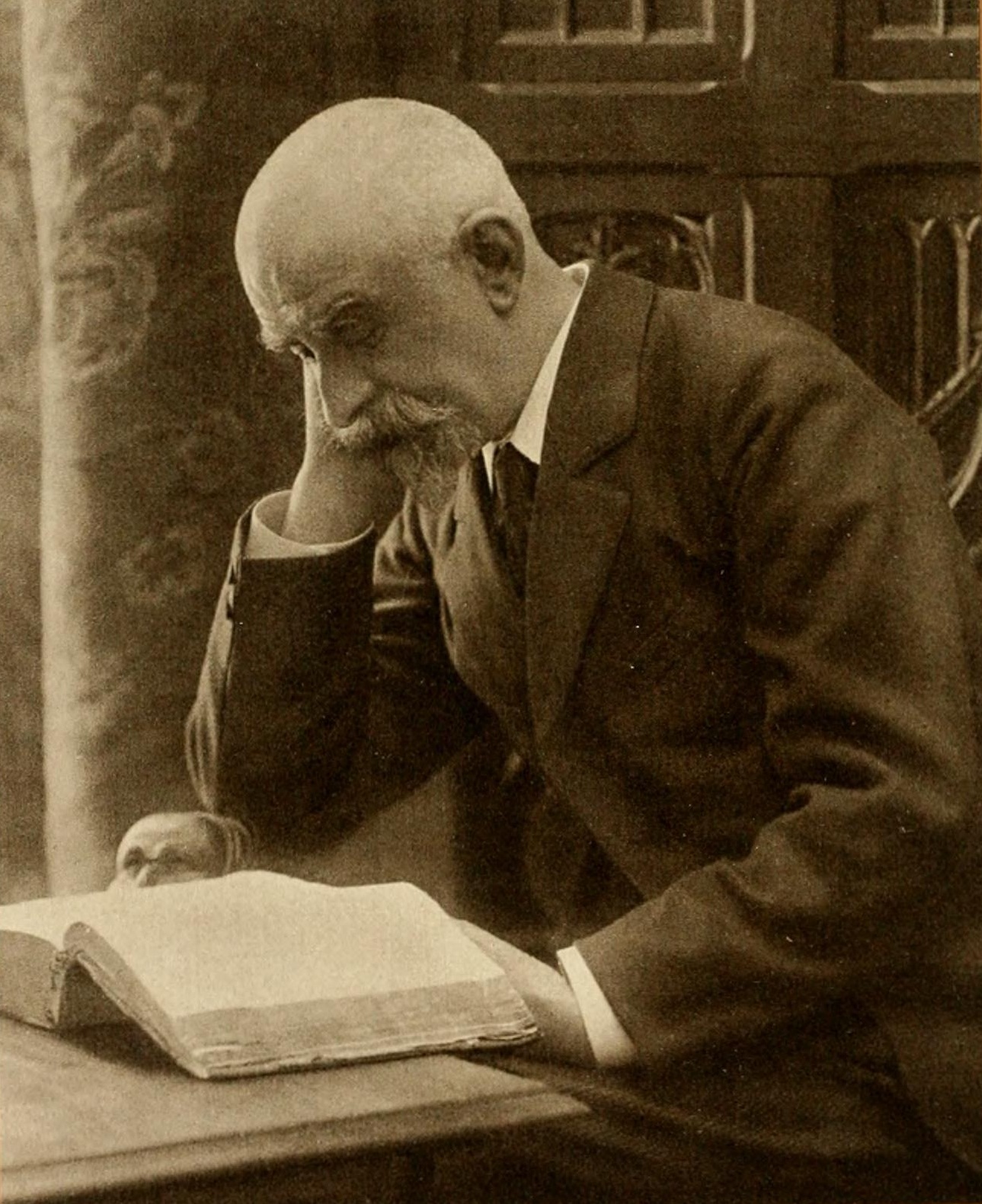
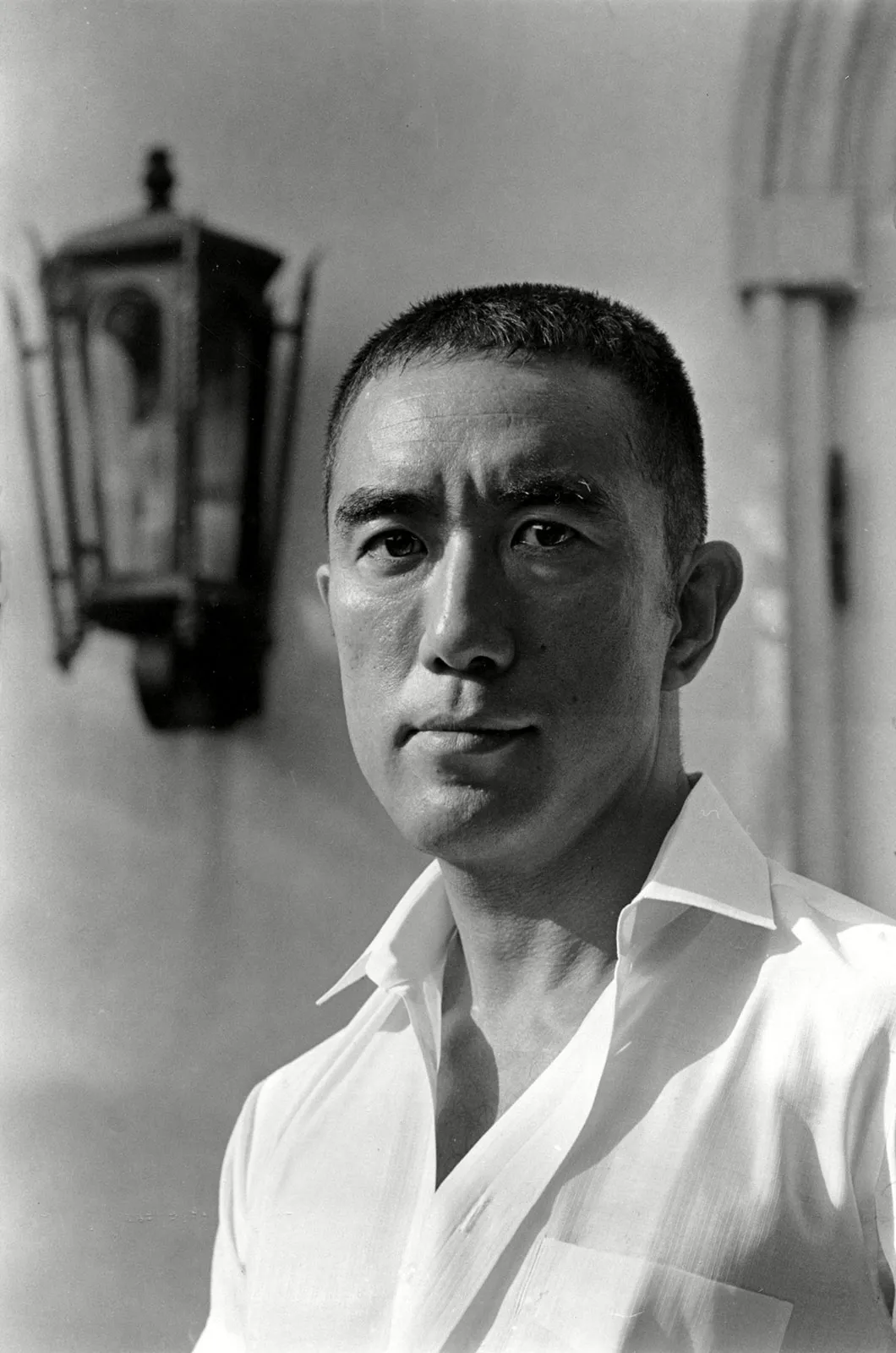
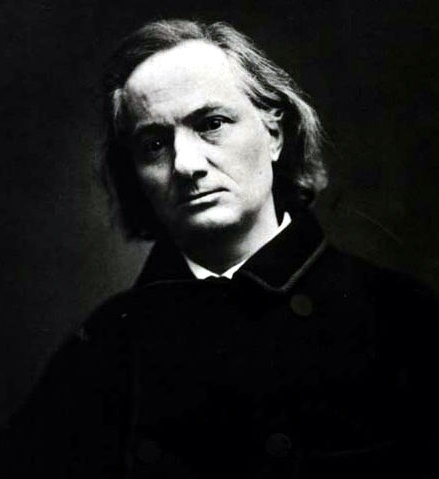
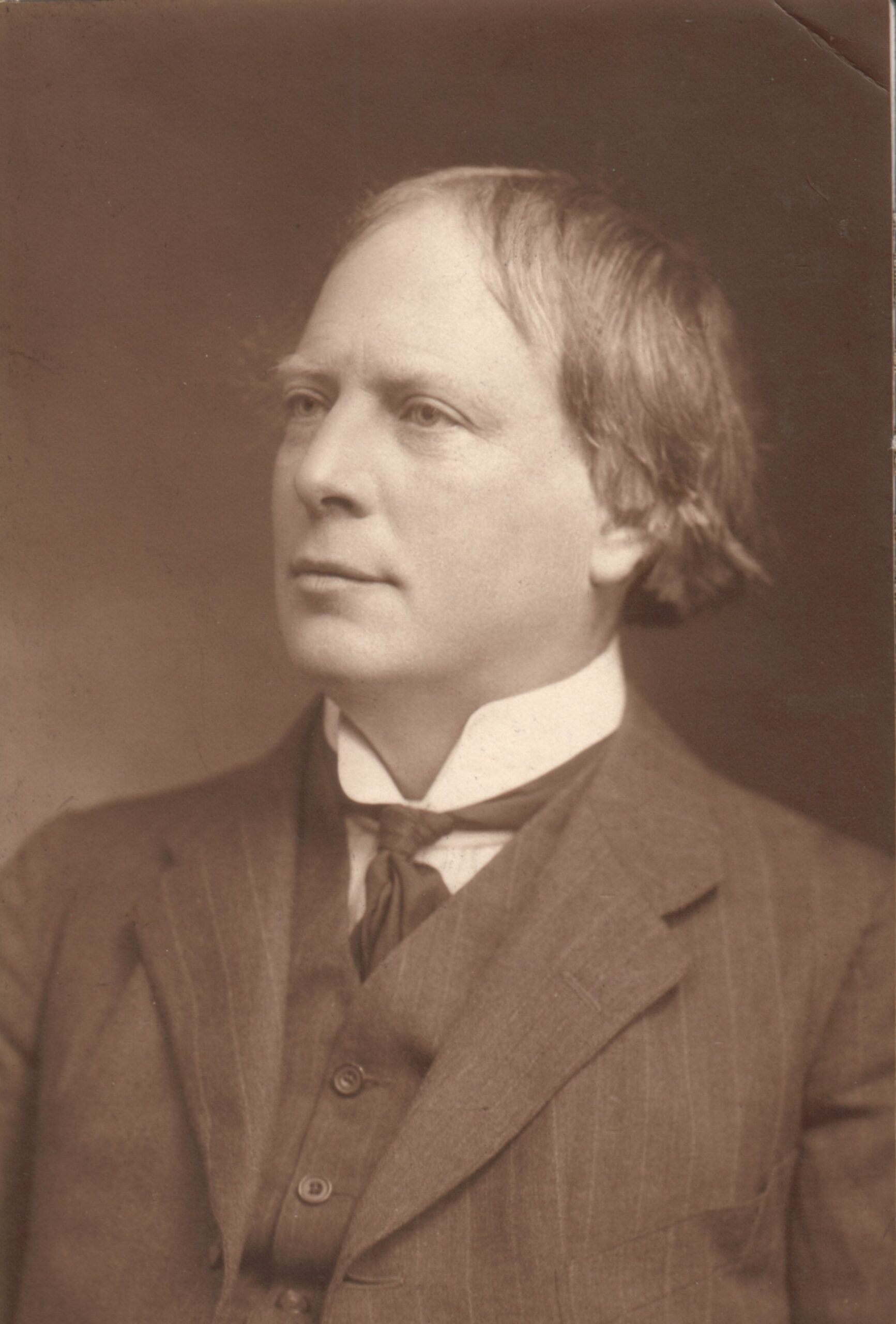

From “Providence Spleen”:
“He then pointed down to a spot in the river below. I followed the direction of his finger and sure enough, down near the river’s basal zone, I could see the corpse of a beautiful drowned boy. He looked to be around eleven years of age, and his thin naked form was patchily mummified in long strips of viriscent seaweed (of the Enteromorpha intestinalis genus, more commonly known as ‘gut-weed’) as he lied in repose at the river’s bottom (said seaweed also blocked his genitals from sight, thus preserving his modesty). There was something Asiatic about his appearance (he looked somewhat like Alex Sho circa 2017-2018), and not even the state of his decomposition (which seemed oddly minimal; really the more I looked at him, the more I realized there didn’t seem to be any decay at all) could mask that in life he had been very gorgeous indeed. Only I’m not sure I would have called him a “drowned boy,” for wrapped tightly around his neck was an expensive Salvatore Ferragamo Dragon Print necktie. It would seem that the boy had been strangled to death (no doubt by some serial killer obsessed with the morbid filmography of Alfred Hitchcock), stripped naked, then dumped into the river, though I suppose it was also possible that mayhap the boy had strangled himself with the tie before jumping into the watery abysm. The boy’s eyes were a blank white, tiny twin tabula rasas, and his delicate mouth was curled up in a slightly enigmatic smile. The turbid sunshine was painting rainbows on the scales of the fish swimming past the corpse, and the haematitic hairs on the head of the boy’s body had become a submerged autumnal woodland in which a family of seahorses was traversing, which brought to mind a mental image of irradiated mutant horses galloping through the Red Forest of the Chernobyl Nuclear Power Plant Zone of Alienation. As I gazed down in contemplation at this aqueous memento mori, I noticed other strange things in the water, such as a coral reef serving as a circus tent for ebullient clownfish, and a giant conger eel, which began to twist itself around the dead boy’s neck like a Neptunian boa. Realistically my skin should have horripilated at the watery vision of the drowned boy, and that chills should have slithered up my spine like Charles Manson’s Family members crepuscularily creepy crawling through the hills of Hollywood, but because the dead boy in question was so bewitching it kind of nullified any disturbance that conventional society dictated I should have felt. There was even something peaceful about the scene: it felt as if the boy’s body was a dilapidated yet beautiful temple, a home to the boy’s soul, which death had transformed (via the process of palingenesis) into the spirit of a sea priestess. And yet at the same time something about it all seemed uncanny, and at first I couldn’t quite put my finger on what it was, until it hit me: the presence of the clownfish in the Providence River, that’s what’s was off about the whole thing, and gave the scene its sense of the supernormal. It was the equivalent of walking into a familiar room and being confronted by the sight of a ghost, or that time when I first heard the Keane song “Stop for a Minute” and was surprised when I heard someone start rapping on the track (K’naan, forsooth).”
Kristine Ong Muslim – THE BLACK ZODIAC
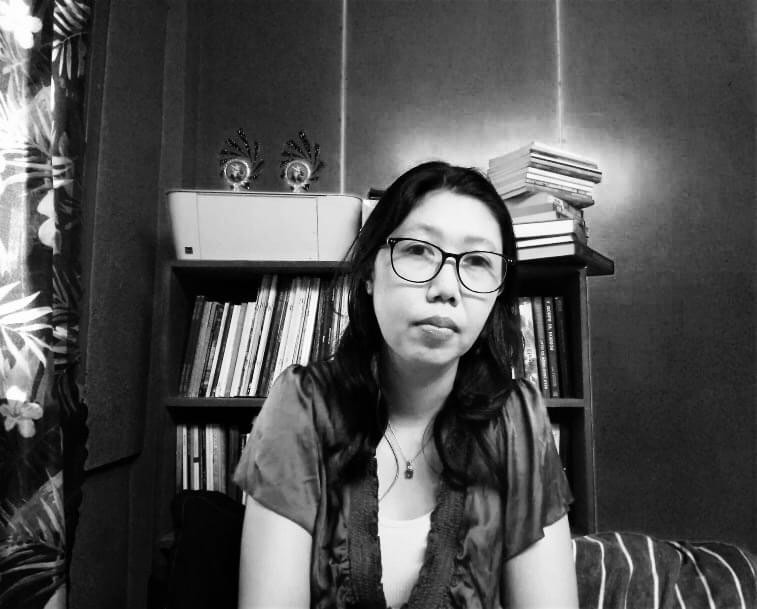
KRISTINE ONG MUSLIM is the author of nine books of fiction and poetry, most recently The Drone Outside (Eibonvale Press, 2017), a short story collection whose German-language edition is forthcoming from WhiteTrain. She co-edited the British Fantasy Award-winning anthology People of Colo(u)r Destroy Science Fiction!, as well as Ulirát: Best Contemporary Stories in Translation from the Philippines and Sigwa: Climate Fiction Anthology from the Philippines. She is also the translator of Filipino authors Mesándel Virtusio Arguelles, Marlon Hacla, and Rogelio Braga.
From “The Black Zodiac”:
“There, in the records section of Avenida General Hospital, Jill retrieves the names of the dead, deciphers the names of the soon- to-be dead, ever so carefully rechecks the accuracy of her entries, and then uploads these entries as digital spreadsheets to a centralized database.
There are many like Jill in different parts of the world, each one performing the exact same function. Sometimes — though it is rare but can certainly happen — one of the Jills will mess up a name, will upload the wrong name and then log off when her nine-to-five shift is over, will go home to her unit in the Laberinto residential apartment building in downtown Avenida, will sleep her usual sleep — either a dreamless sleep or one that unfolds without color, just grim black and white that refuses to even accommodate variations of gray. Somewhere, a freak accident hap- pens, or someone drops dead for no reason. And, clocking in the next morning, one of the Jills might realize — might realize too late — that she had made a mistake. But most of the time, one of the Jills won’t.”
Damian Murphy – A NIGHT OF AMETHYST
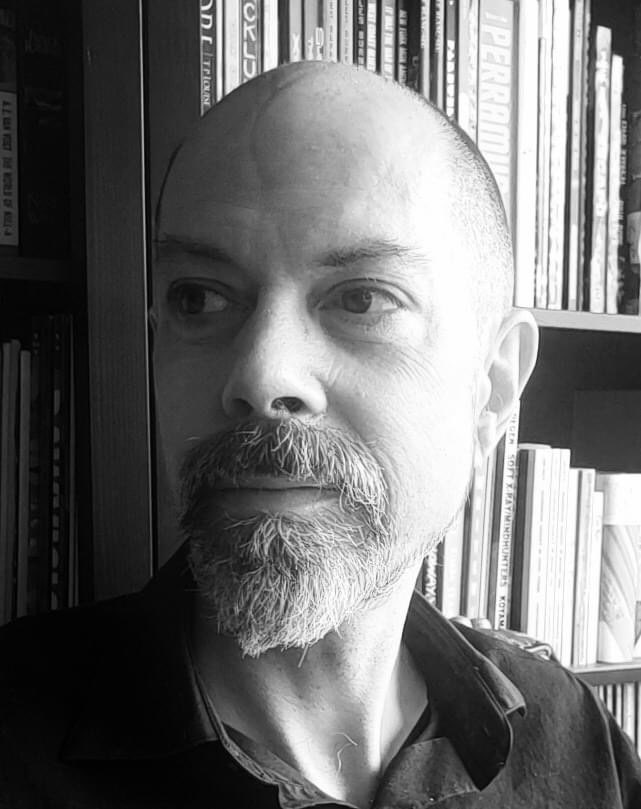
DAMIAN MURPHY is the author of Daughters of Apostasy, The Star of Gnosia, The Exalted and the Abased, and The Acephalic Imperial, among other collections and novellas. His work has been published by Snuggly Books, Mount Abraxas, Egaeus Press, and Raphus Press. He was born and lives in Seattle, Washington.
Description:
A Night of Amethyst is a strategic guide, a mystical treatise, and a manual of general dissent disguised as a transcript of a text-based computer adventure game of the type made popular by companies like Infocom and Adventure International in the late 1970s and early 1980s.
From “A Night of Amethyst”:
“> approach desk
“Sir?” prompts the attendant as he looks up from the registry. “If you’ll be so kind as to sign in.” He turns the book around to face you. A pen lies on the desk to one side.
You’ve managed to attract the scrutiny of the woman in the armchair. She lies just out of view, yet you can feel her gaze on the back of your neck. You’re ashamed to admit it, but this pleases you a little.
> sign registry
“Thank you kindly, Mr. Morse,” says the man behind the desk after you’ve added your name and time of arrival. “There are a few preparations that must be attended to. If you’ll be seated for a moment, we’ll be ready for you shortly.” He executes a barely perceptible bow before making his exit through a doorway in the east.
You turn around to confront the woman that fixes you with her gaze. She glances over to the northern archway, beyond which lies a well-lit corridor that extends in both directions. Her eyes are aflame with provocation as they return to yours. She seems to be suggesting that you slip out of the lobby before the man returns.
> examine desk
I fail to see how the front desk warrants the benefit of your attention. Nevertheless, you turn around and consider its simple elegance. The woman behind you is hardly amused that you’ve turned your back on her. She proceeds to make a gentle hissing sound with her tongue and the roof of her mouth, her presence overflowing with a shameless physicality that’s all the more pronounced when your attention is focused elsewhere.
> search desk
With all of the discretion of a gentleman thief, you step behind the desk. You realize that the risk you’re taking is nothing short of absurd. The attendant might return at any time.
A number of items of possible interest are concealed beneath the upper ledge. Stacked neatly to one side lie five plastic cassette reels, each of which is tinted with a different hue. A paper label on the outermost reel bears a single, mystifying word (‘Récit’). There are several other things as well, including a box of matches propped up against the ledge. Lying flat on the surface is the open registry, just behind which lies a small, hand-held monocular scope.
The woman in the armchair continues to regard you like a tiger stalking its prey. You openly display your self-consciousness by refusing to look back at her.”
*
p.s. Hey. First of all, the blog returns to life with this guest-post by those literary rapscallion maestros The New Decadents, introducing the new collection of their practitioners’ works. Great stuff, including writings by blog d.l.s Golnoosh Nour and James Champagne, a.o.. Please have at it, and thank you, Sypha, for putting it all together. Now, that said, hi! We’re back. There’s lots to tell about my time away, but because I’m rather severely jet lagged at the moment and have 50+ comments to get to, I’ll be pretty brief for now, but, long story short, the film shooting went extremely well and even exceeded Zac’s and my big expectations, and I’m excited to start editing the footage into a film in about two weeks. I’ll say much more about all of that once my brain is functioning properly again. ** Jasmine Johnson, Hi. I too hope and trust our stars will align ere too long. Thank you! ** Nick Toti, Hi, Nick! Thanks, man. It was intense and exhausting, but I’m very, very happy with what we got. We’ll see, but yeah. Great luck with your final cut. ** Kettering, Hey there. I made it back before early May even. You good? Onwards and upwards. ** fervorxo, Thanks so much! Your luck seemed to work. ** David Ehrenstein, Hi, David. How’s it going? Long time. Paris doesn’t seem to be burning from what I can barely tell. Come May 1st, all bets are off, though. ** Jane, Hi. I’m very sorry. I’m guessing that the guest editor of that post must’ve found the image without attribution. I’ll fix that right now. My apologies again. ** _Black_Acrylic, Hi, Ben, so good to see you! What’s the latest on your end? What have I missed? ** shadeoutmapes(billie?), Hi there! It’s been a while since your comment — or your first anyway, as I haven’t looked further forward yet — but you sounded great. I hope everything still is. Are you still in the ceramics class? Did those cool new friendships work out? Etc. I look forward to talk with you more once I’m functioning well in my brain pan again. xo. ** Dominick, Hi!!!! You were so correct in your prediction about my jetlag, but I guess it’ll pass. The filming went really great. A lot of work, and it was alternately very hot and very cold, and I’m very brown skinned, but all is very well. Things still looking very bright with the new apartment? What have you been doing? Catch me up, pal. Ha ha. Love letting me imagine the best and most clever form of love ever, G. ** politekid, Hi, hi, Oscar! Thank you for the luck. No, I don’t know that museum. Wow, how did the conference and your trip pan out? Not to mention with the beloved non-binary Marxist? Pray tell. It’s lovely to see you, my friend. ** ellie, Hi, ellie! It’s funny responding to comments from so long ago. What’s been going on? I’m excited for the magazine. What’s up? ** Gick, Hi! Well, thanks. I had a fierce tan, and I still have something of a tan. Yes, we were filming in the desert, Yucca Valley, near Joshua Tree. Thanks again. ** Nightcrawler, Thanks a lot. I hope you like the finished thing. ** Hothothotinthedesert, Hi. Chris is Chris Olsen, musician and sculptor, who plays one of the main roles, Paul. Ange is French for sure. ** OscarB, Hey, O! I missed you. I think it went great but we’ll see. Sad/weird not to have you there. How are you? Let’s meet up soon. Love, me. ** Bill, Hi, B!! I think the shoot went as smoothly as something like that can go, which means not entirely smoothly. But it got done. Envy re: the DeSana show. How were Philly and NYC in general? ** Derek McCormack, And we love you! God, I can’t for you to see the film. And/or I can’t wait to edit and finish it so you can. Big love, me. ** Jack Skelley, Mr. Lott was in the house, or, well, mostly outside the house. Love to you, Jack. ** Damien Ark, Thanks, Damien. Good to see you, man. We’re back. How are you? What’s your latest? ** John Newton, Hi, John. Thanks about the photos. I didn’t end up posting more because our producer got mad that I’d posted those and forbade me even though most of the cast and crew were posting photos on Instagram all the time. Silly. Belated happy b’day. Oh, I’m so very sorry about your mom. It seemed so hopeful in your first comment. That’s so very hard. Losing my mom still completely weirds me out years later. I hope you’ve found some kind of strength and peace since you wrote. And I hope to get to see you here again before too long. I’ll go look for the email about Larry Stanton. I’m super extremely behind on email since I barely checked it during the consuming film shoot. Much love to you. ** Brian, Hi, Brian! How are you? What’s going on? I can’t wait for you to see our finished film. ** Montse, Thanks, Montse! How are you? Tell me what’s going on with you? Much love, me. ** Mildred, Thanks a lot, Mildred. Damn, I wish I’d known you were at Little Joy. I haven’t been there in ages. Cool it still exists. ** l@rst, Thanks, L-ster! And you? ** Robert, Thank you a lot, Robert! ** Steve Erickson, Hey, Steve! No, the photos just happened to mostly be outdoors ones. The film is mostly indoors, or more than half at least. It was so cold and grueling during the night shoots that we ended up doing a lot of day-for-night shooting for the indoor stuff because the all-nighters were killing the crew and, of course, me too. ** trees, Hi, Ted! So nice to see you! Thanks about the shoot. It was exciting. Wish I could have bumped into you in LA. Where in Hawaii? My dad lived on Oahu, so I was over here more often than I ever imagined I would be. ** A, Hi, A. Sorry, I’ve been completely in the film shoot and out of touch with most things until just now. I’ll write to you and/or Brendan. Thank you a lot for your interest. ** JM, Hi, J! Thank you, thank you! Awesome you’re getting to NYC. I’d be shocked if we have the film finished by October, but we do need to have it at least partly finished by then, so who knows. Great to hear about new your novel. Your pace rivals even mine, ha ha. I have a copy of ‘The Shards’ but I haven’t read it yet. I haven’t done really anything except work on the film since Bret’s novel came out. But I’m looking forward to it. Ultra-best to you! ** Ian, Hi, Ian. Thank you kindly, sir. It went really well. More detailing over time. How is the novel going? I’m back in Paris, and curious, of course. Take it easy. ** NLK, Thank you, thank you! I can’t wait either. ** Okay, we are now officially caught up and back in action. Enjoy the New Decadence today, and I’ll see you hopefully more wakefully tomorrow.
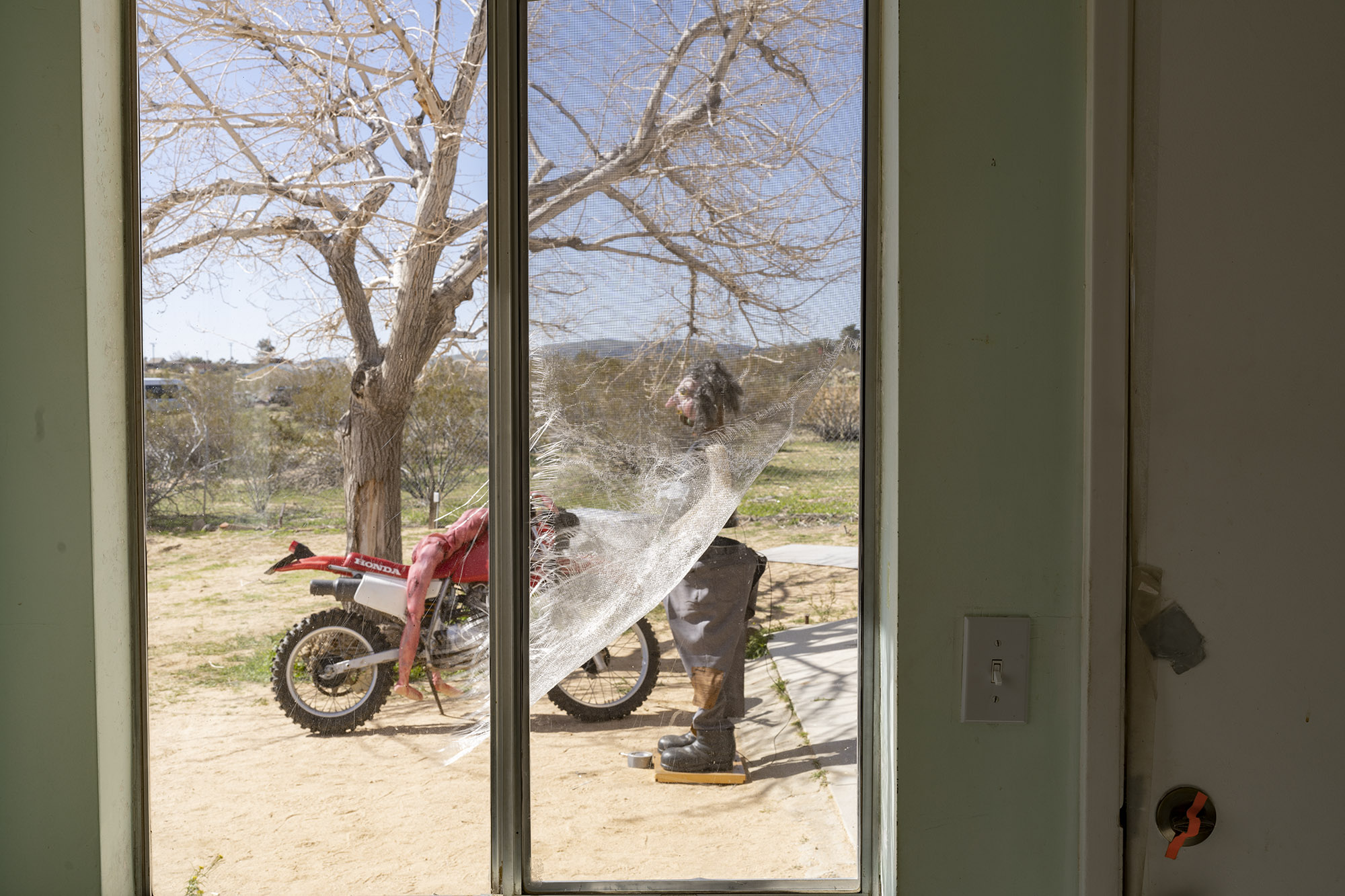
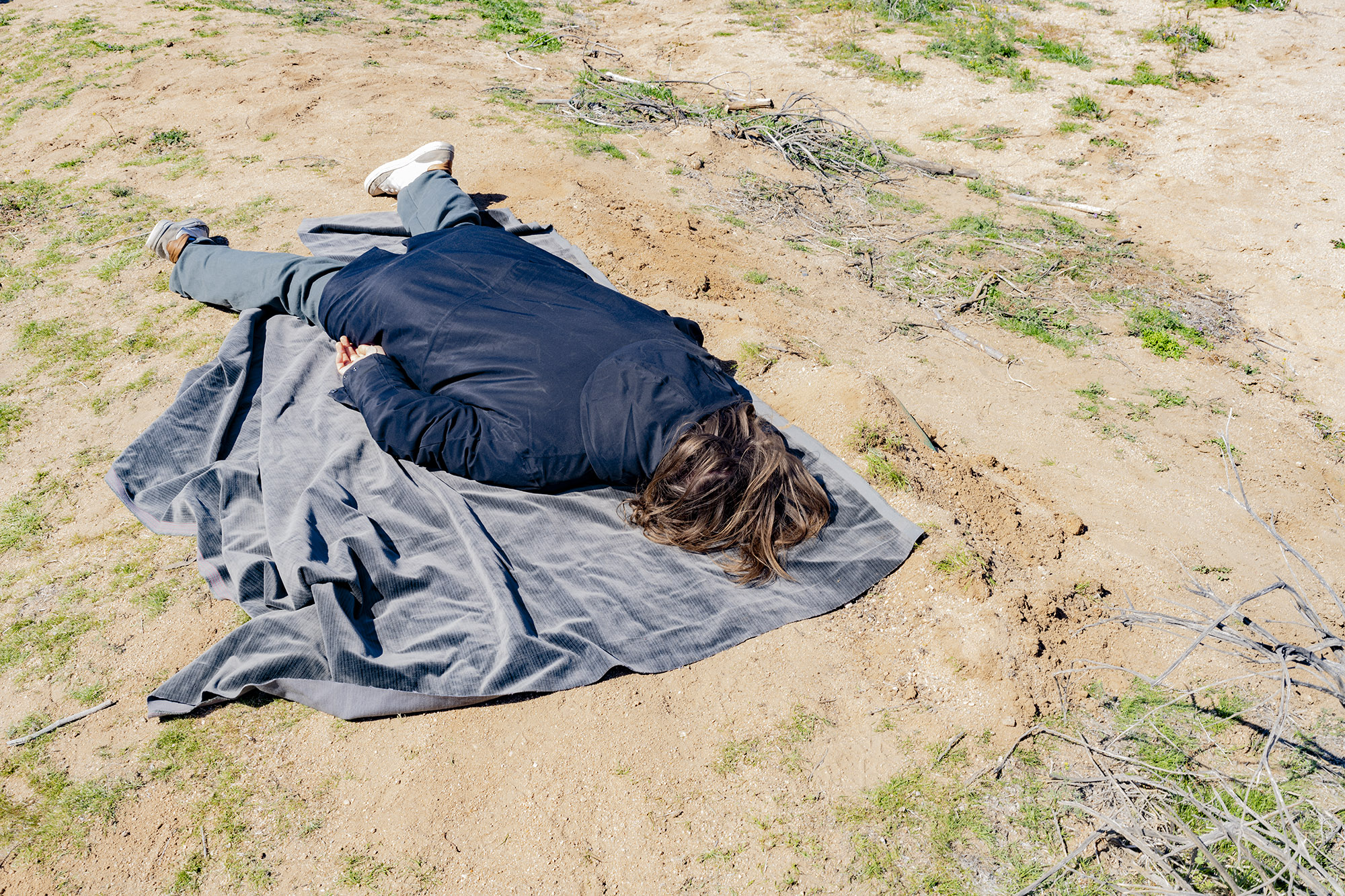
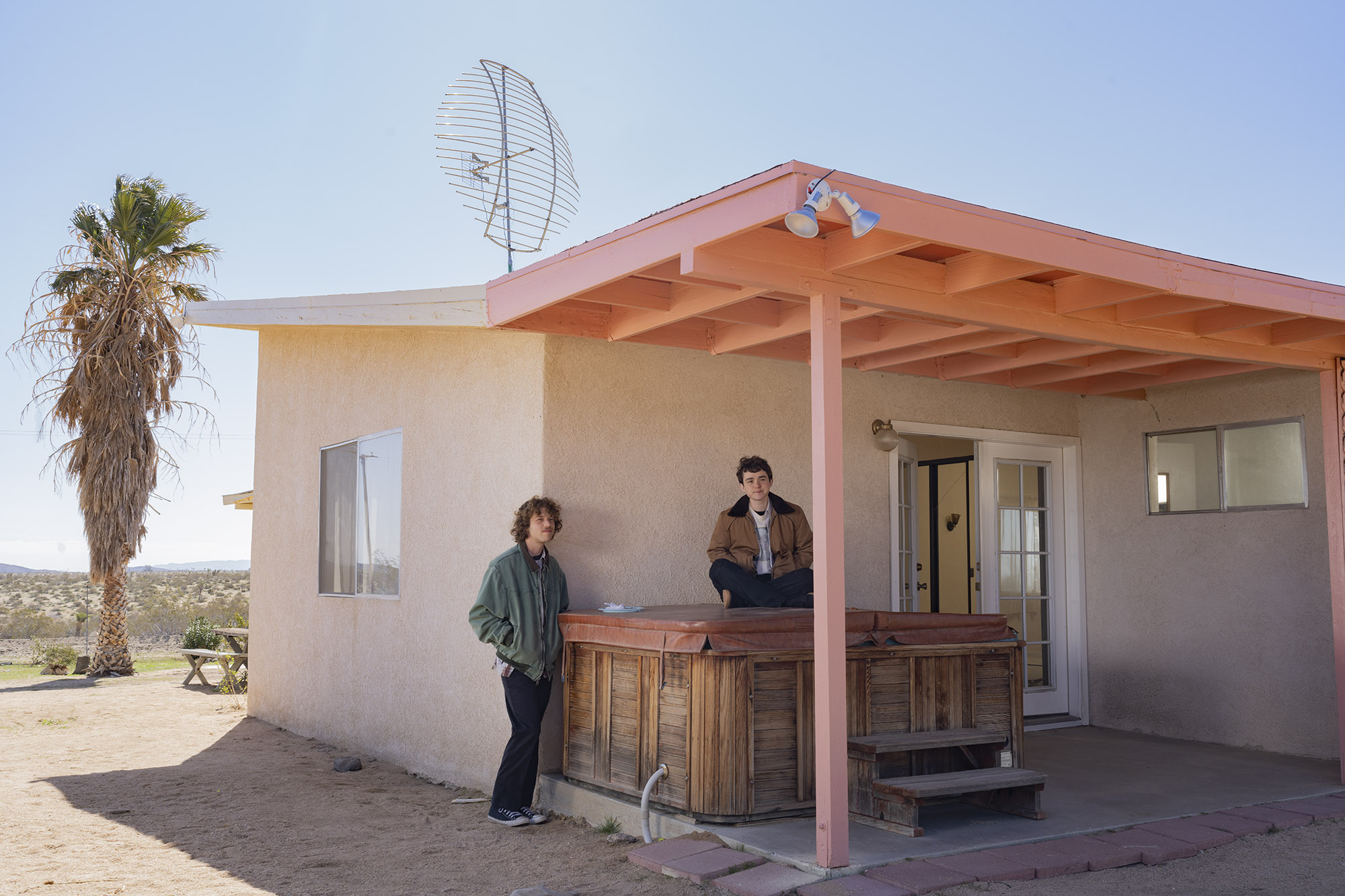
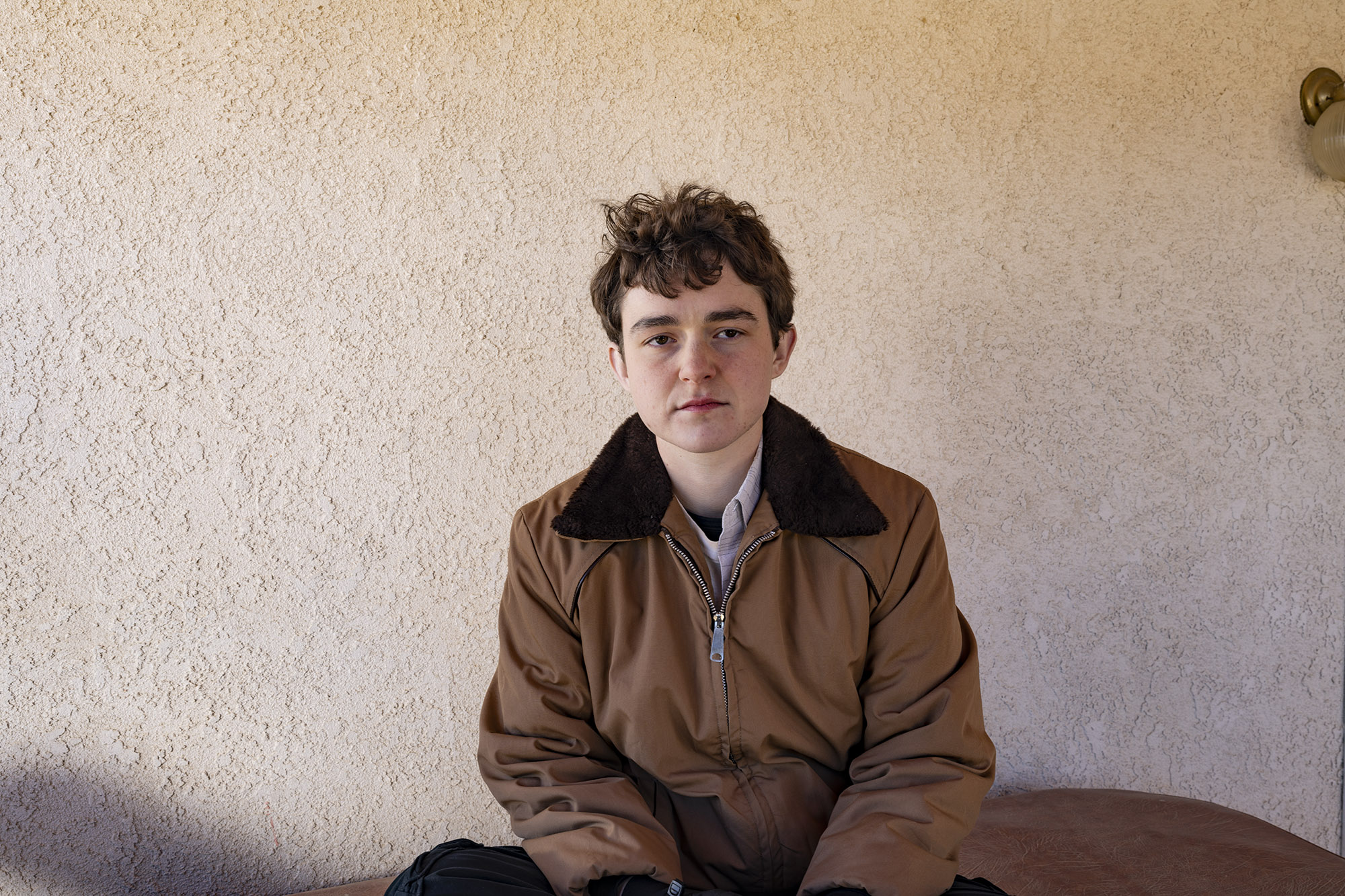
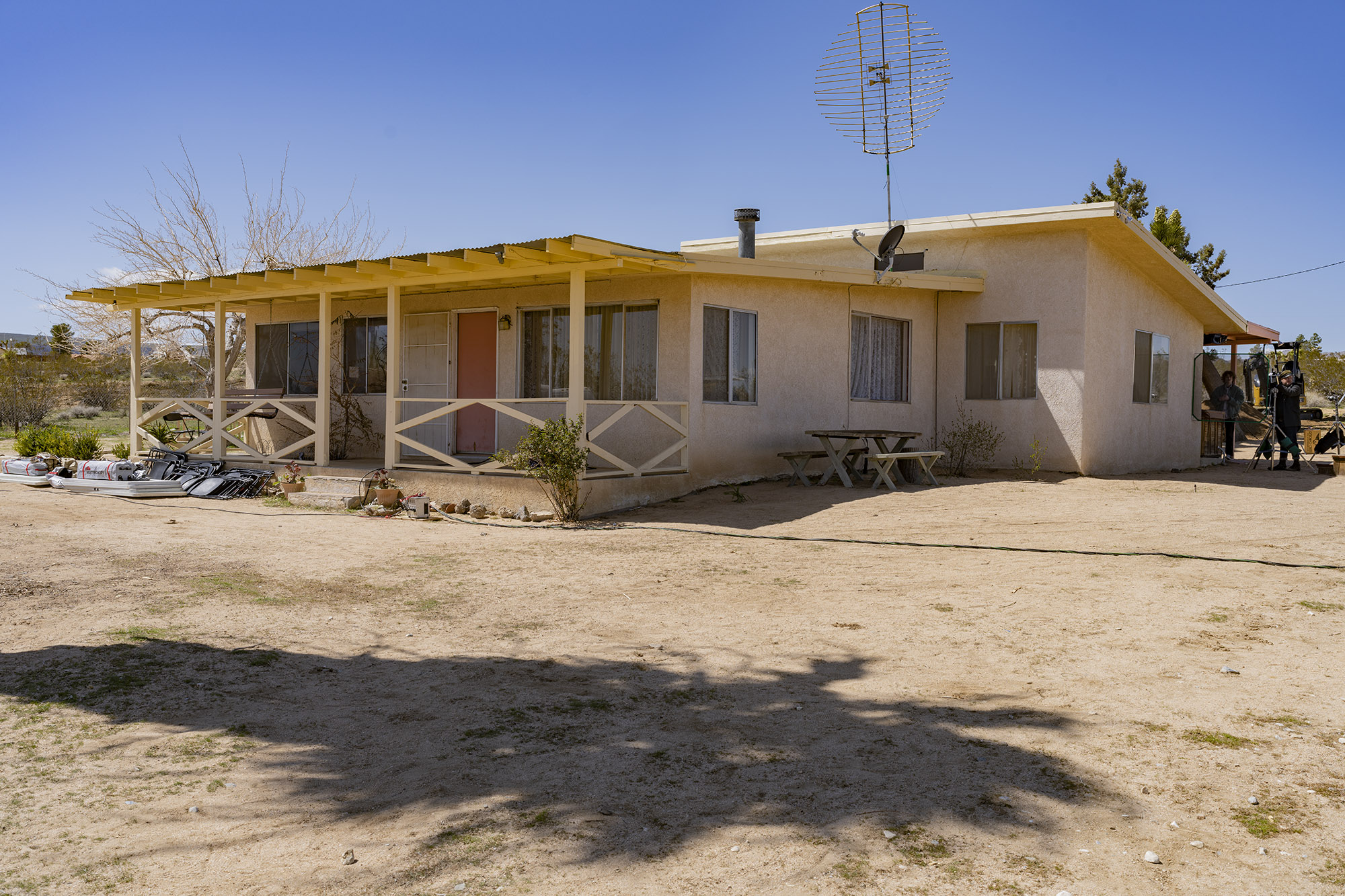
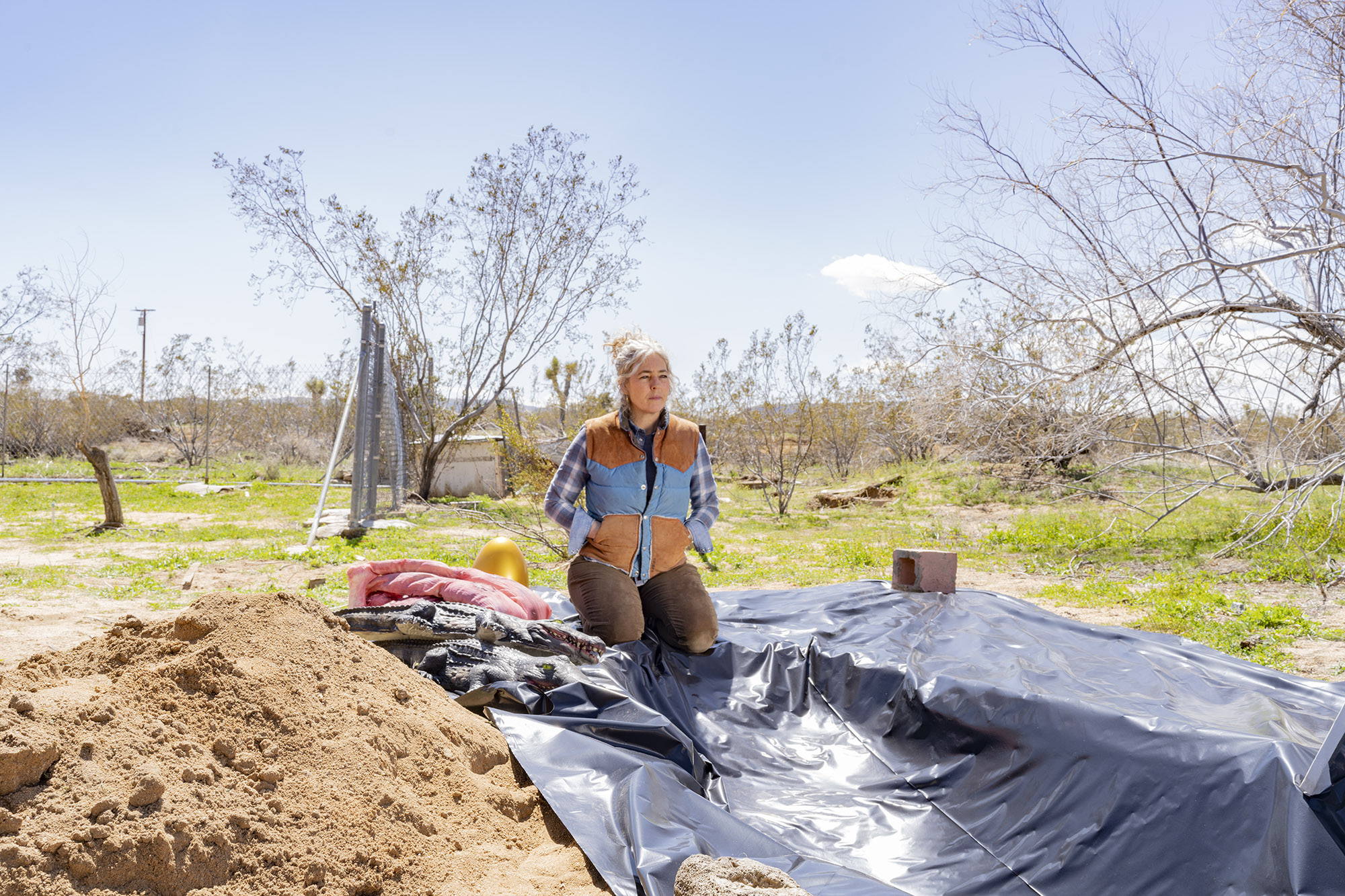
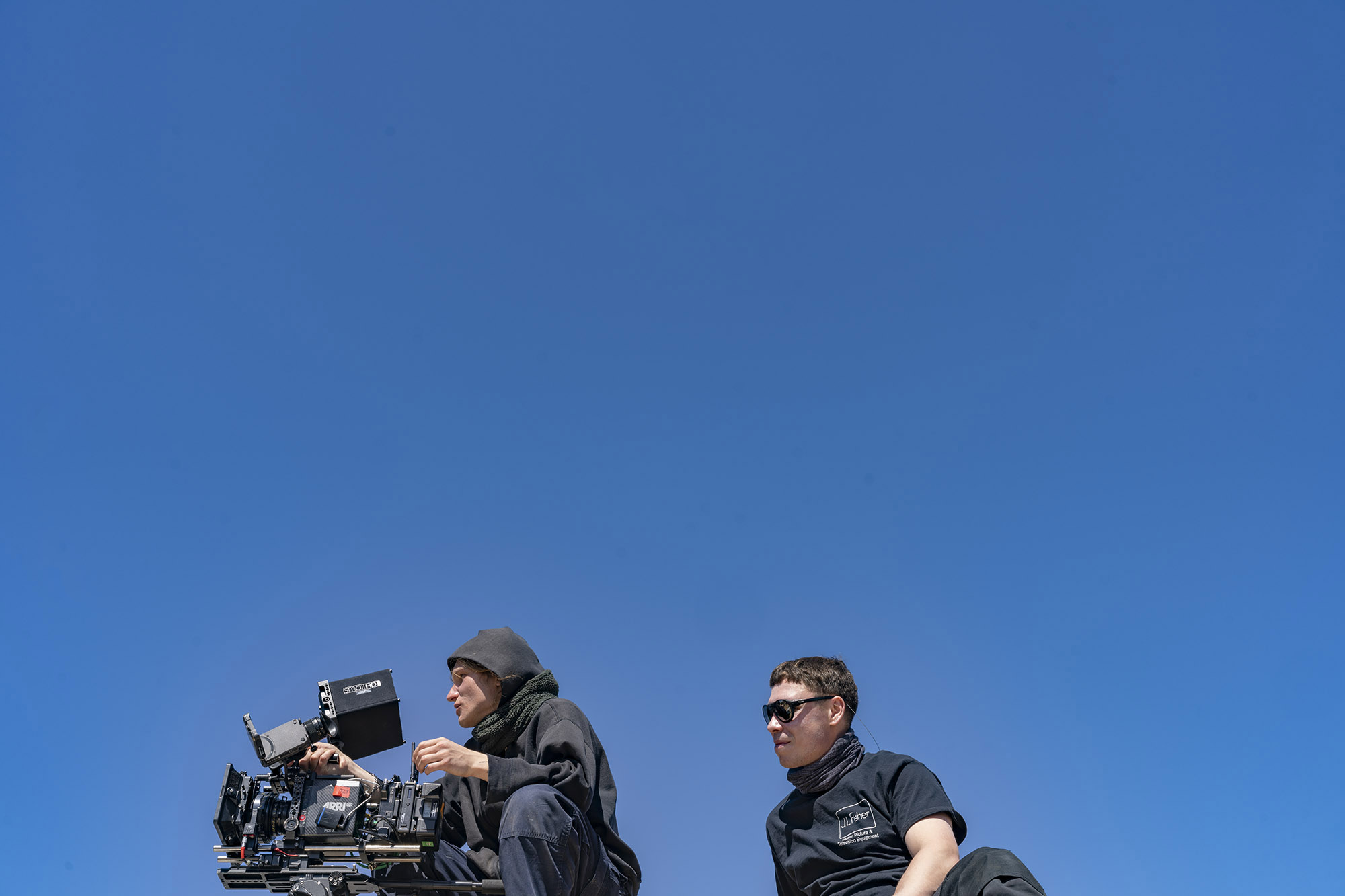

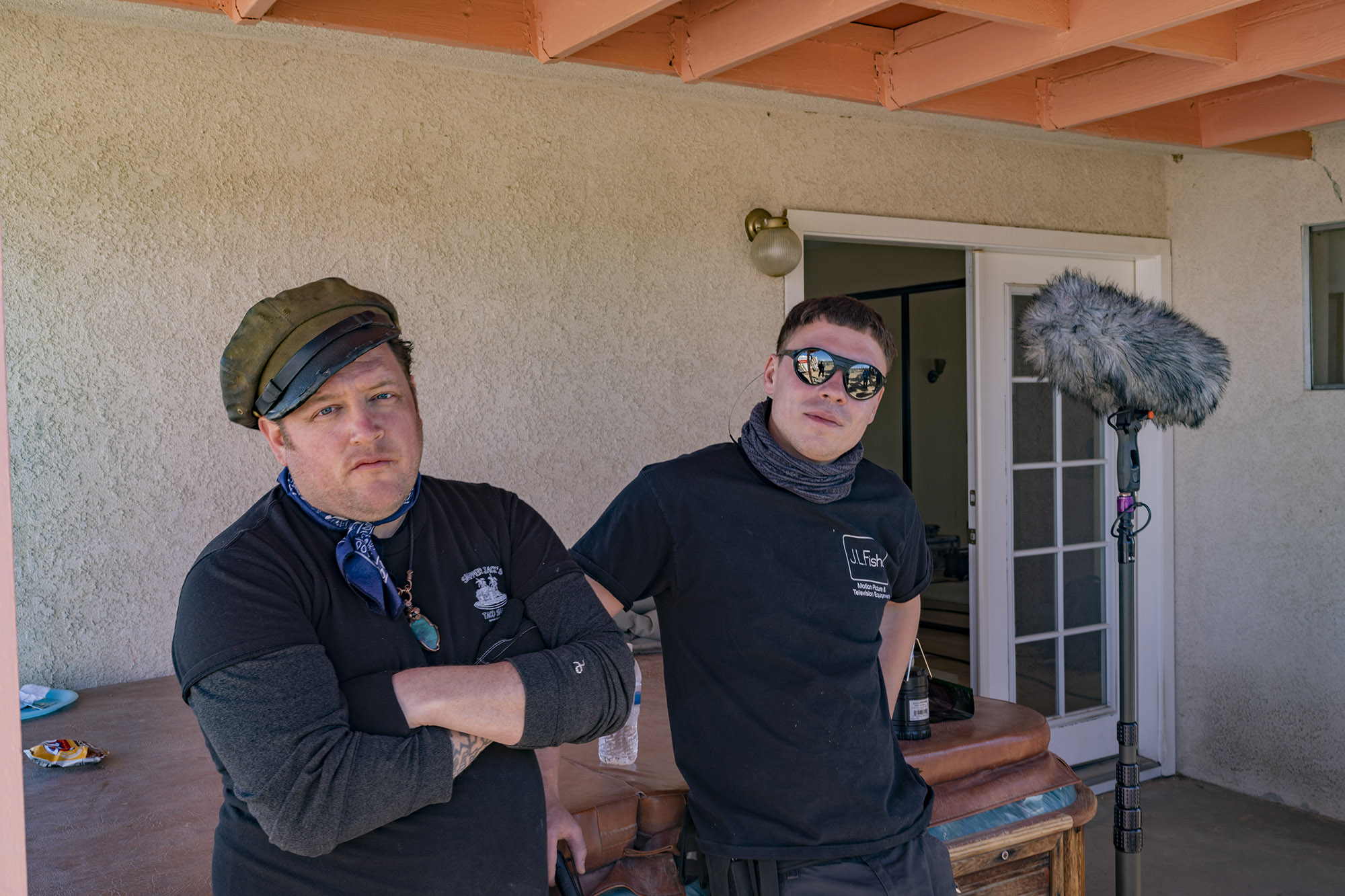
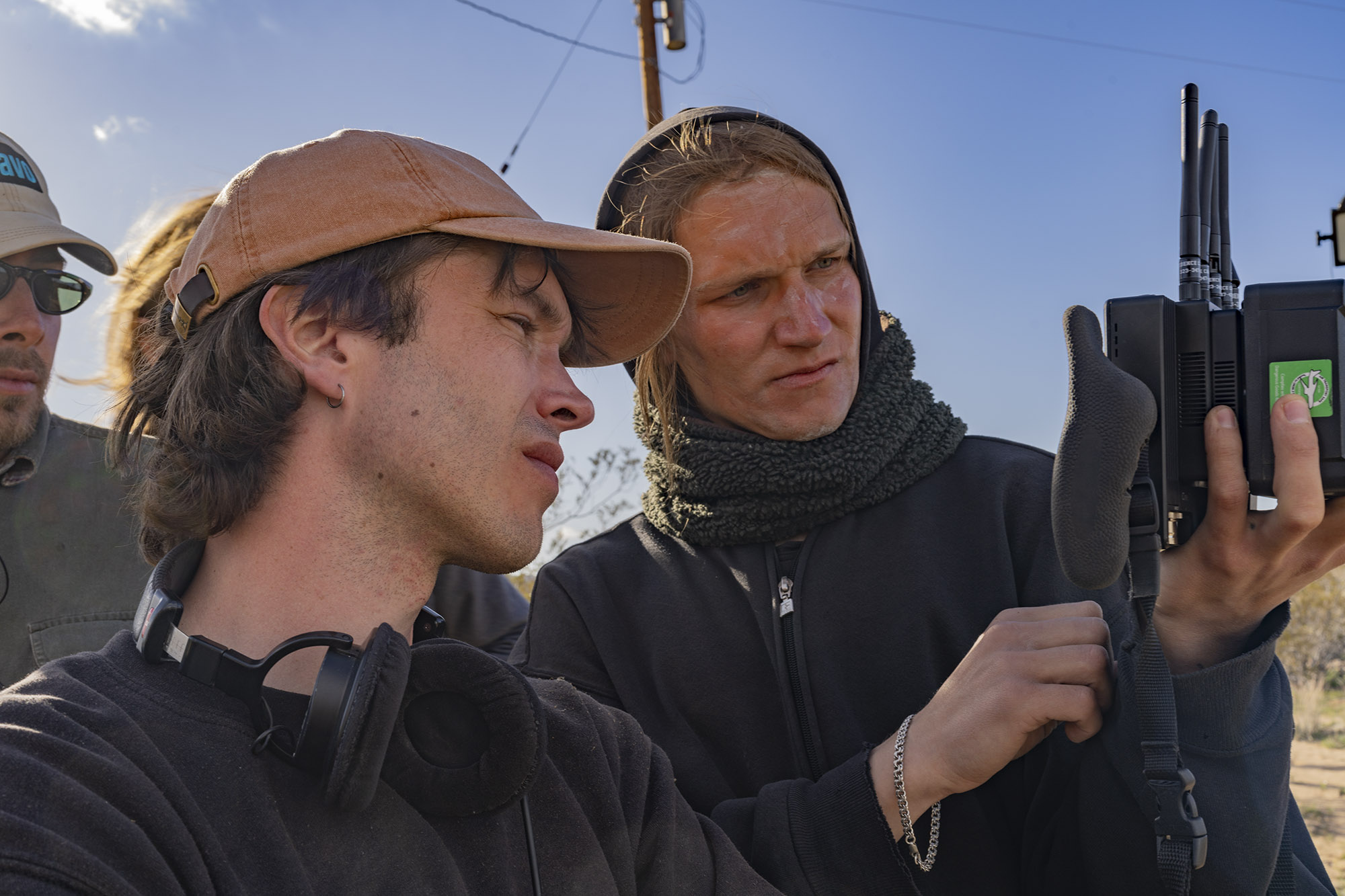
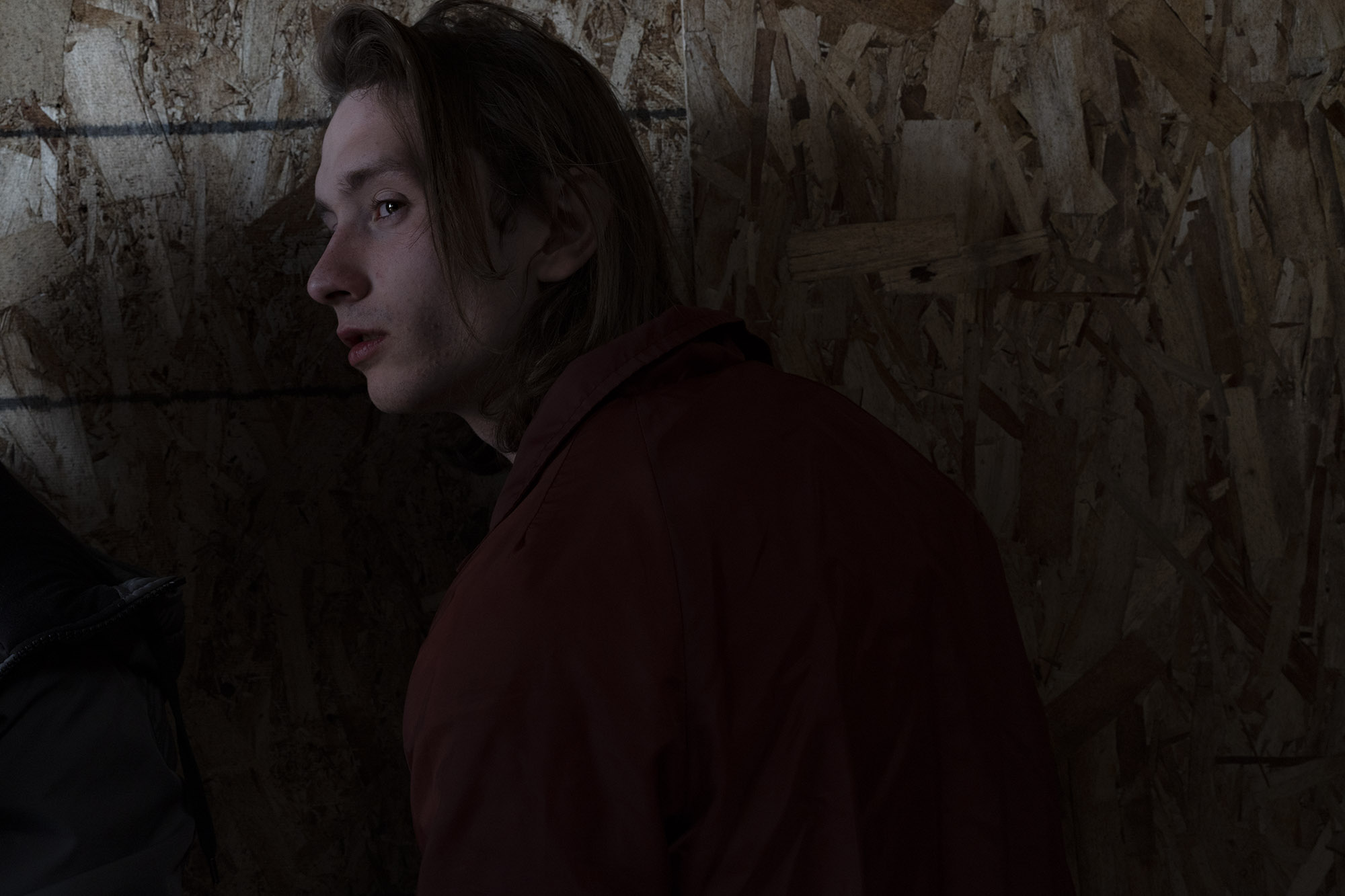
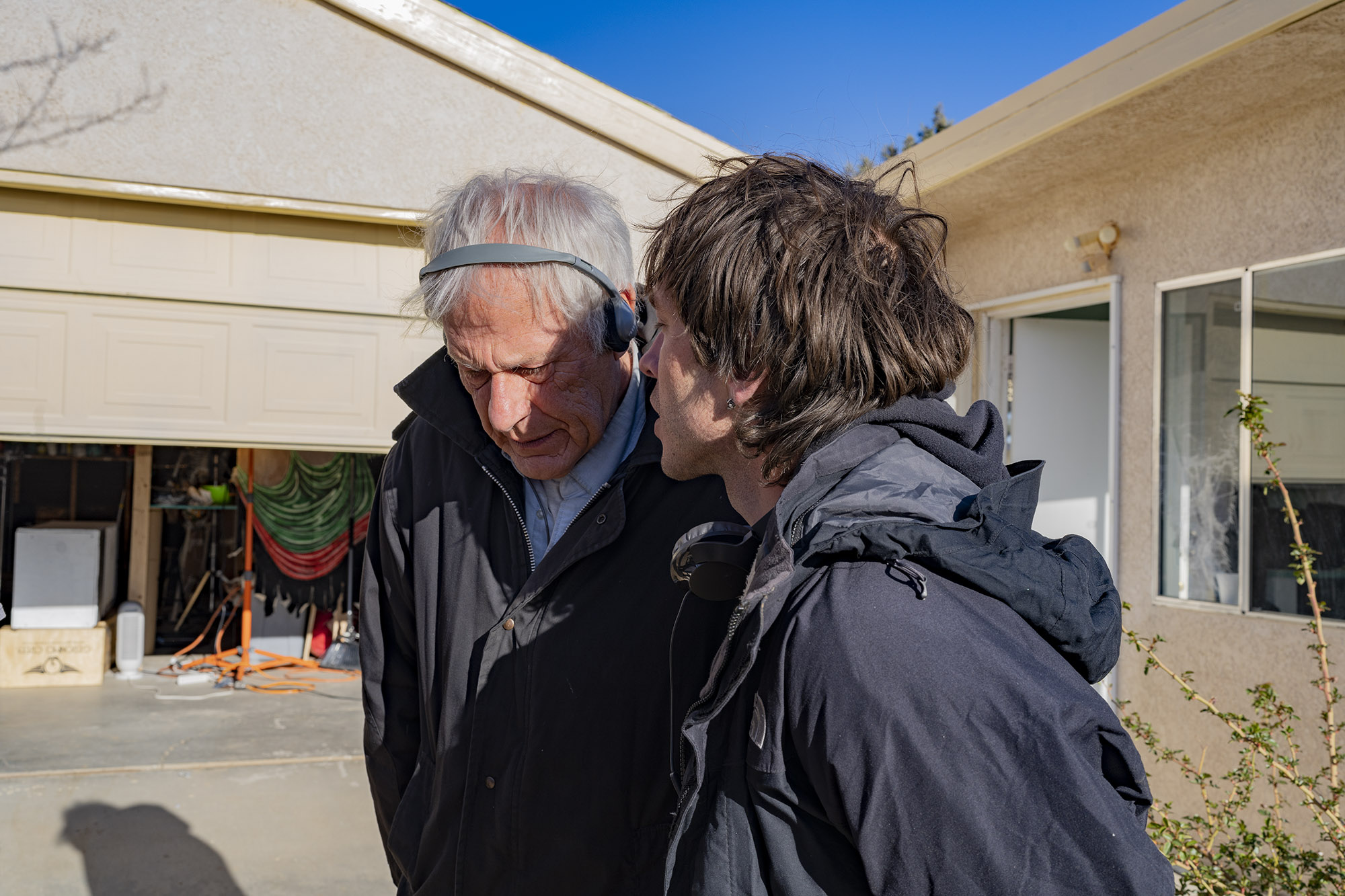
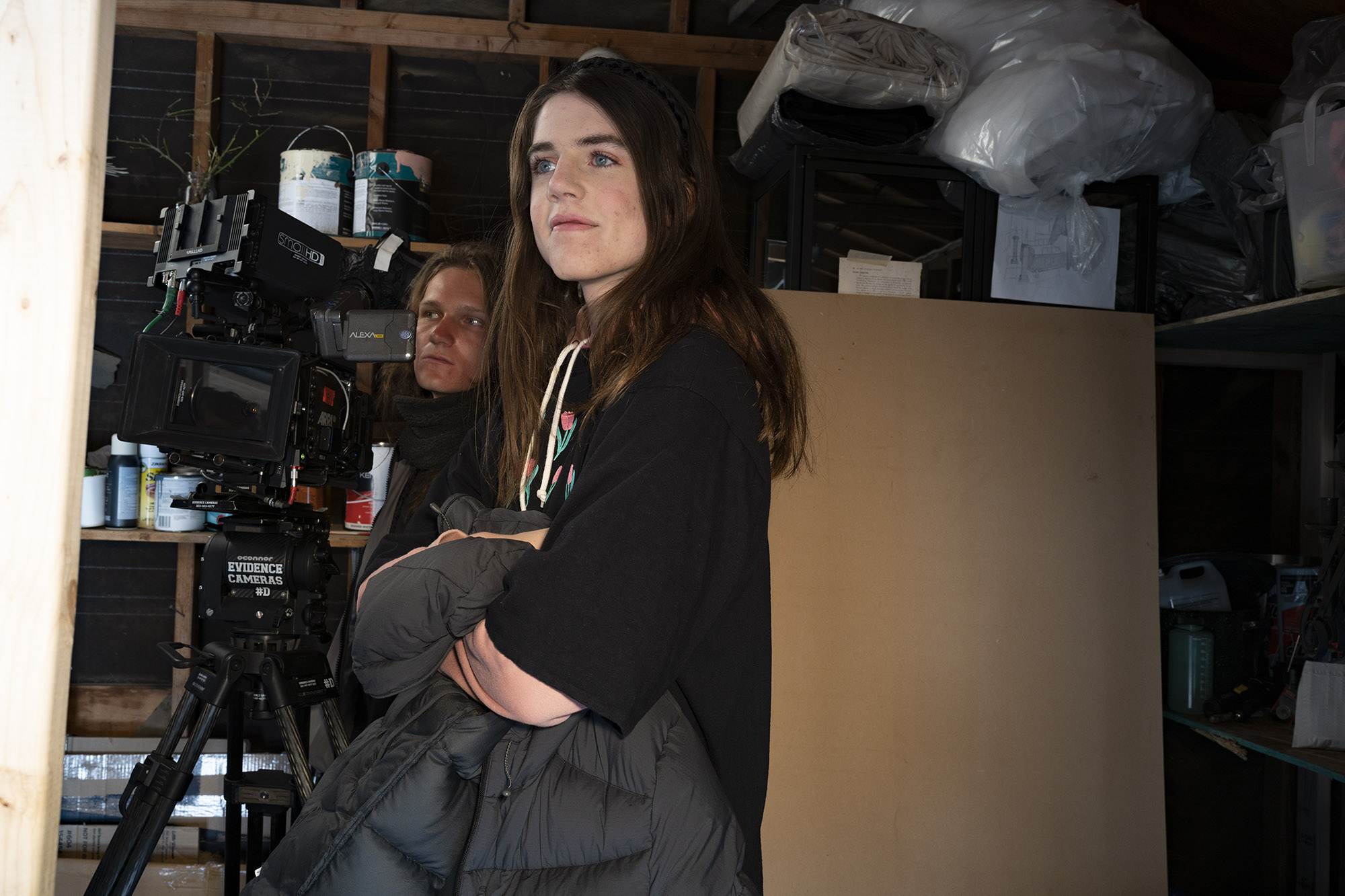
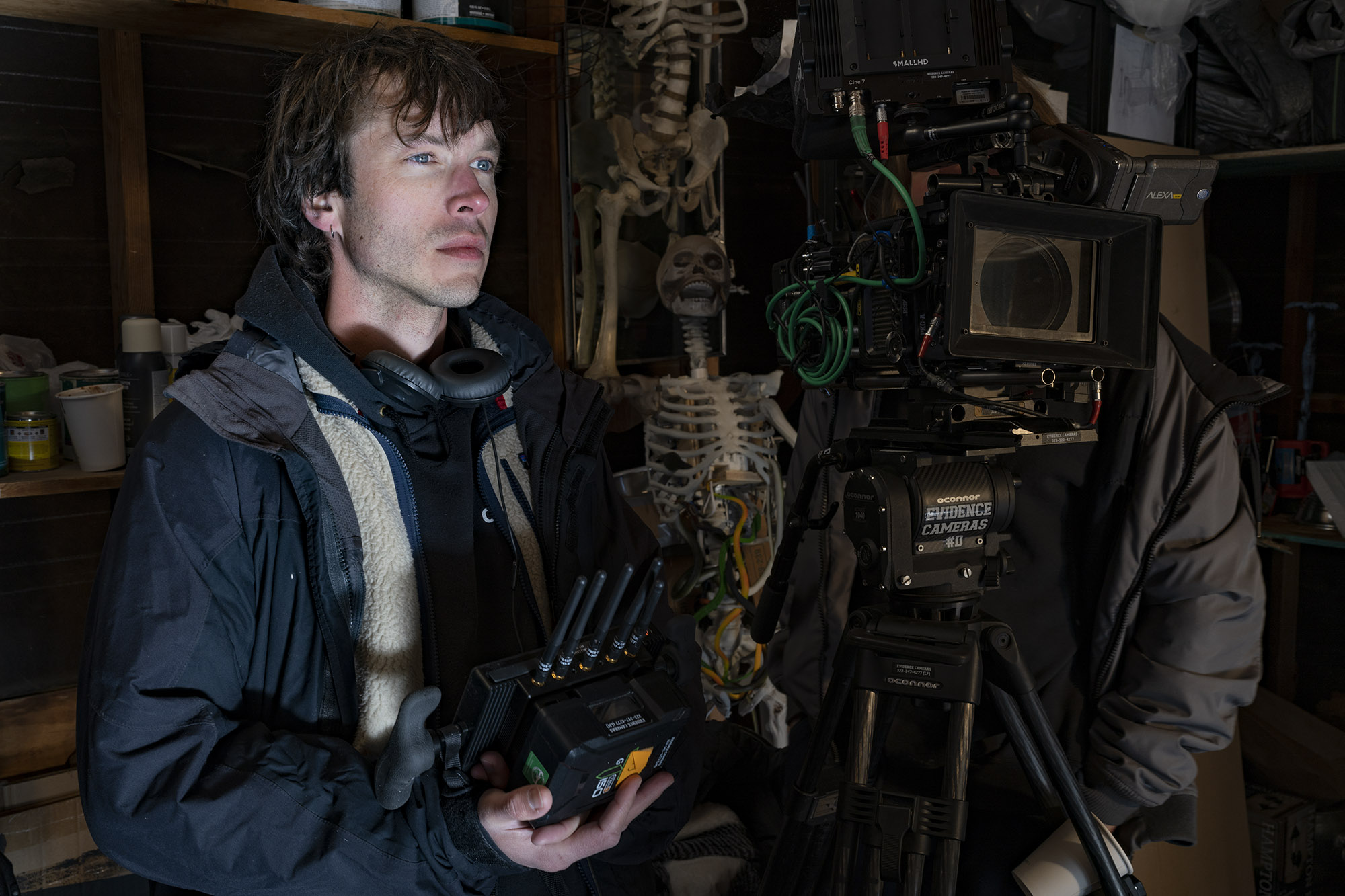

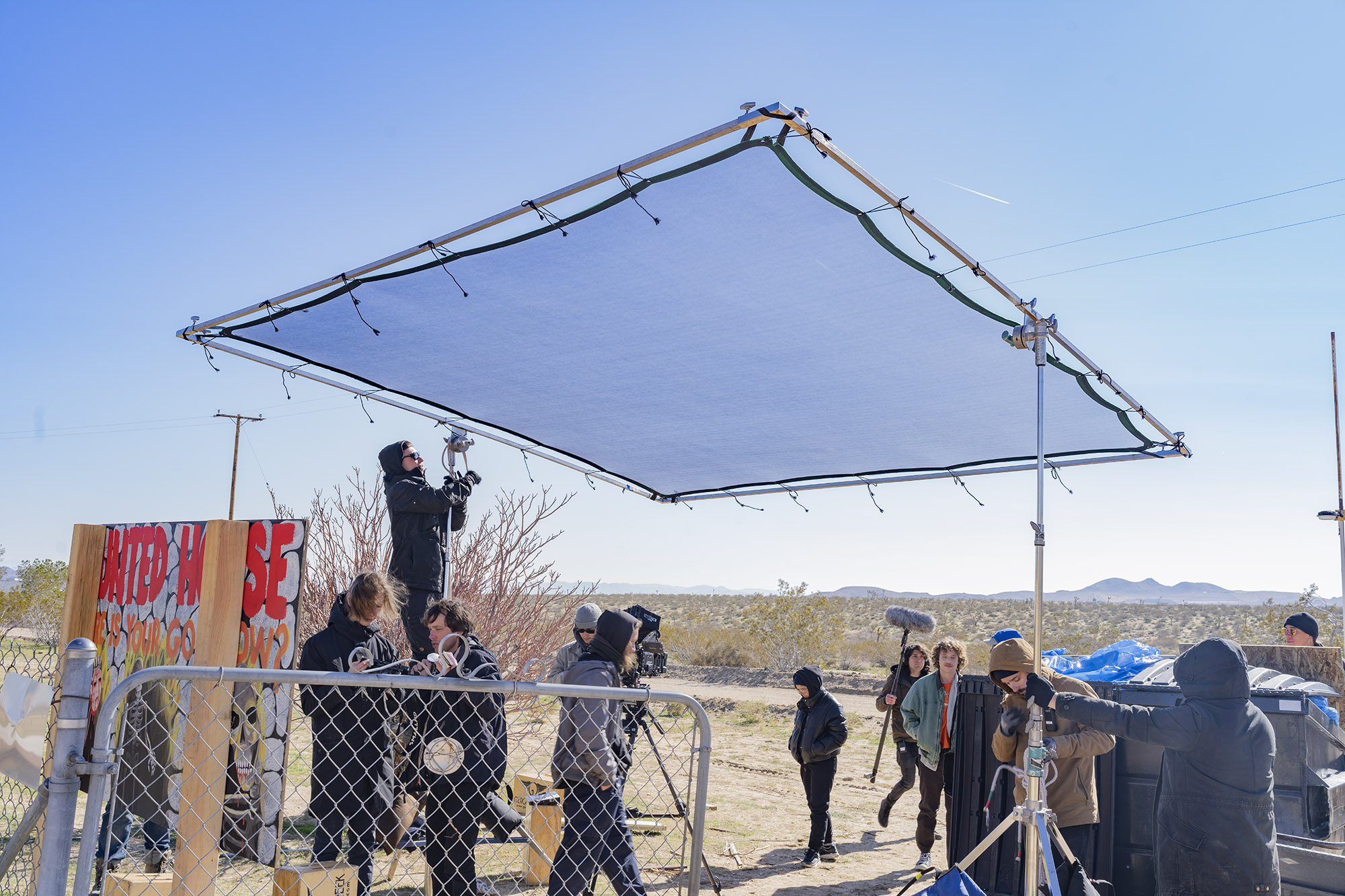
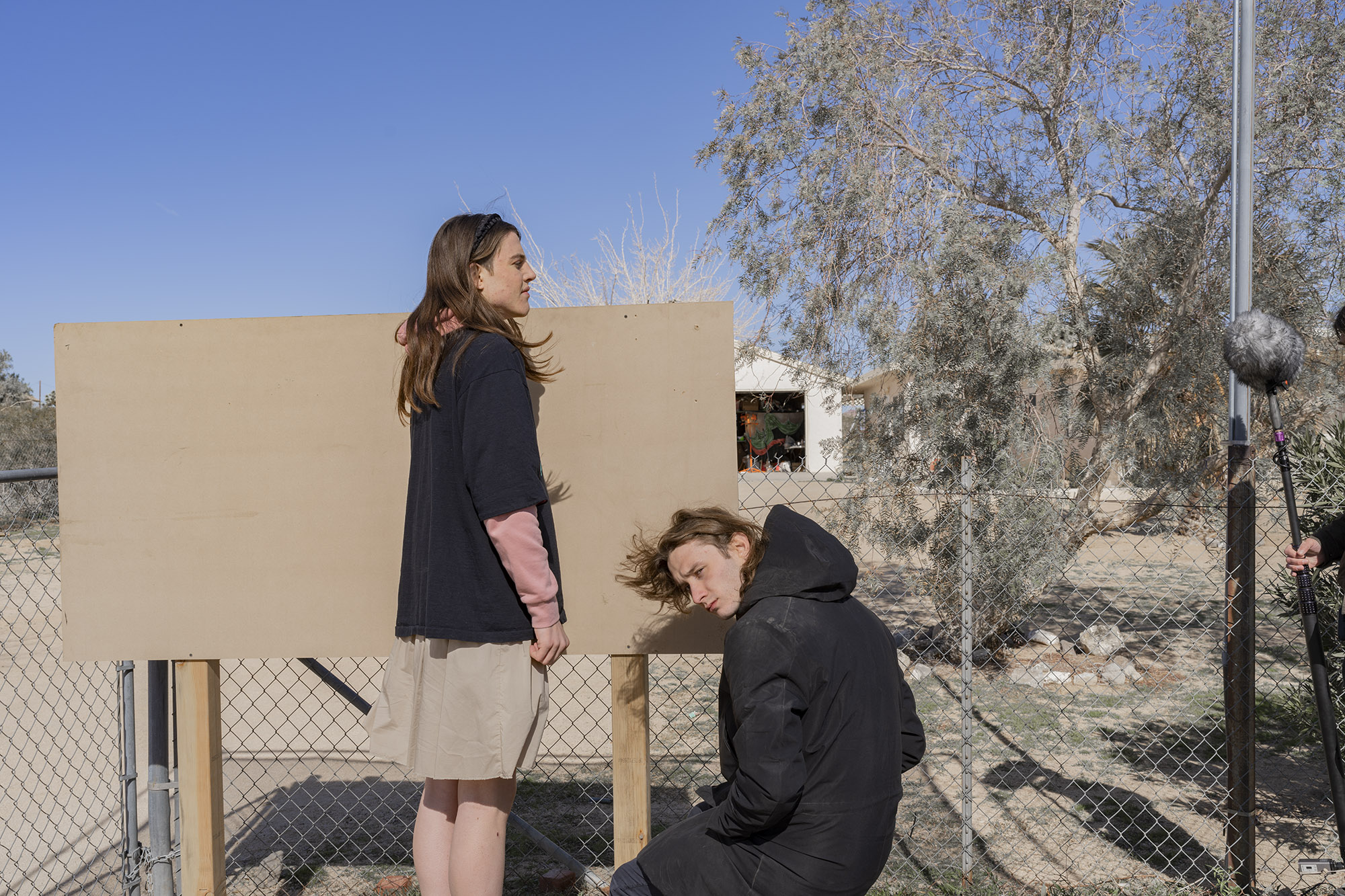
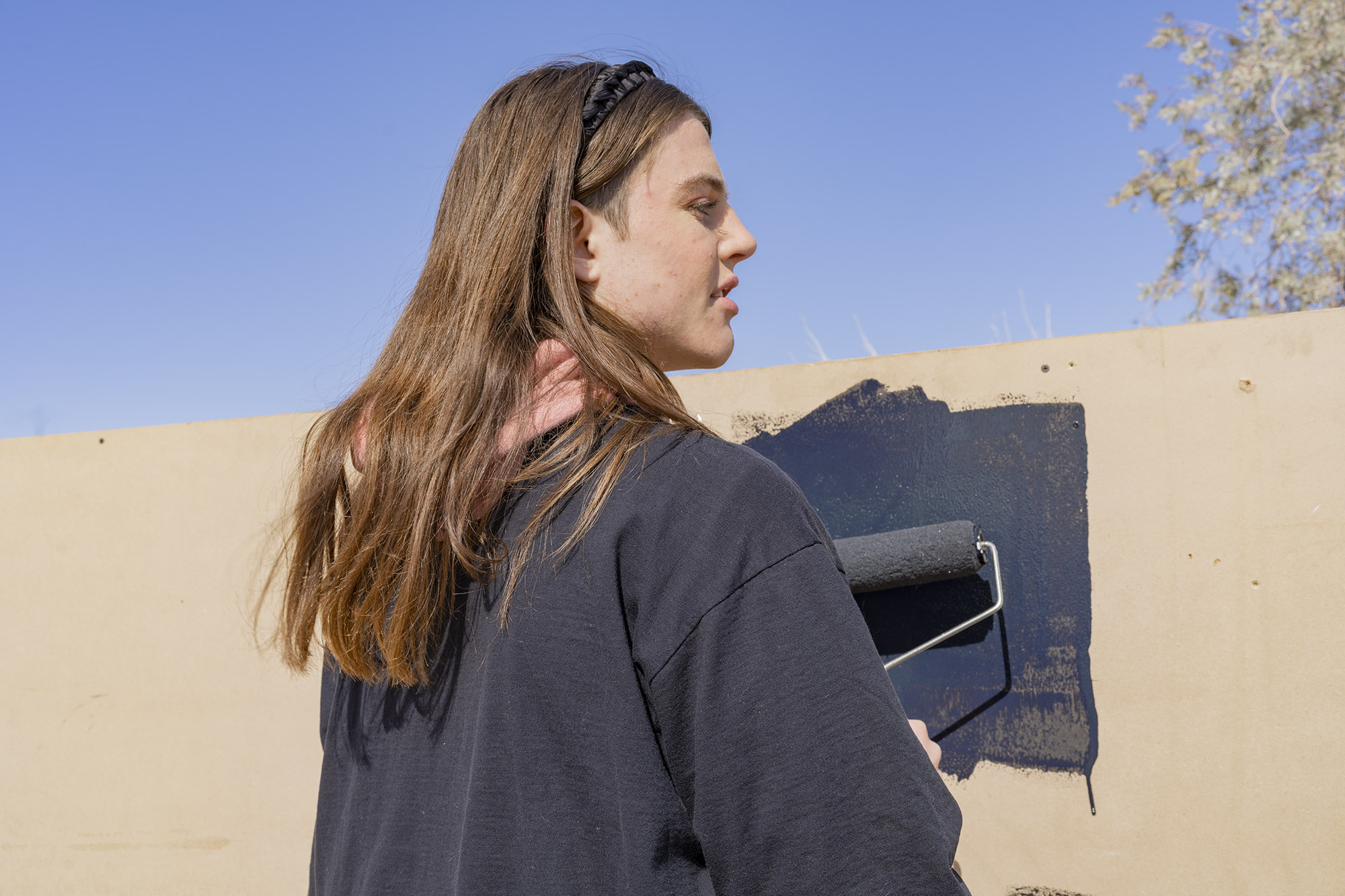
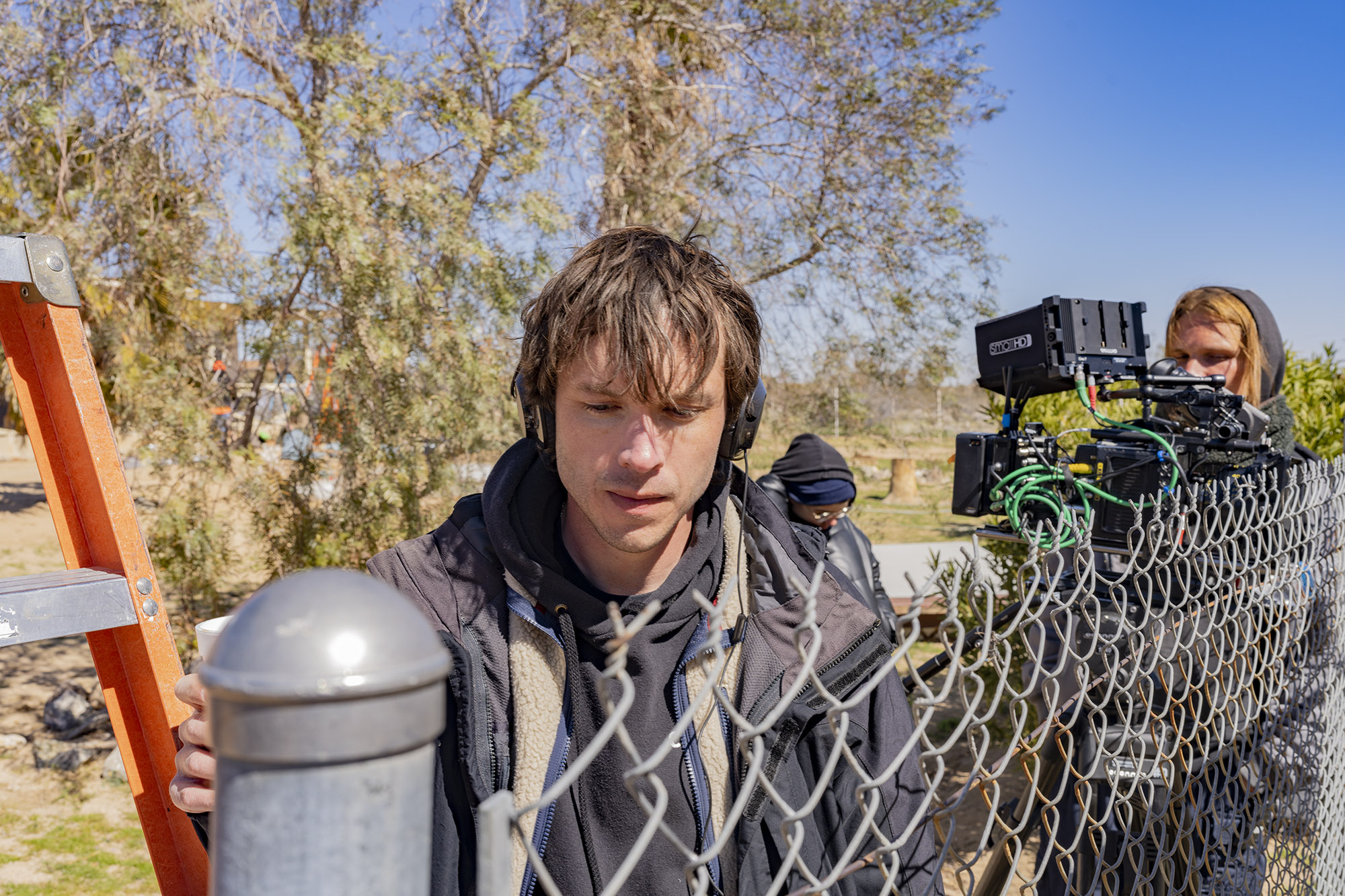


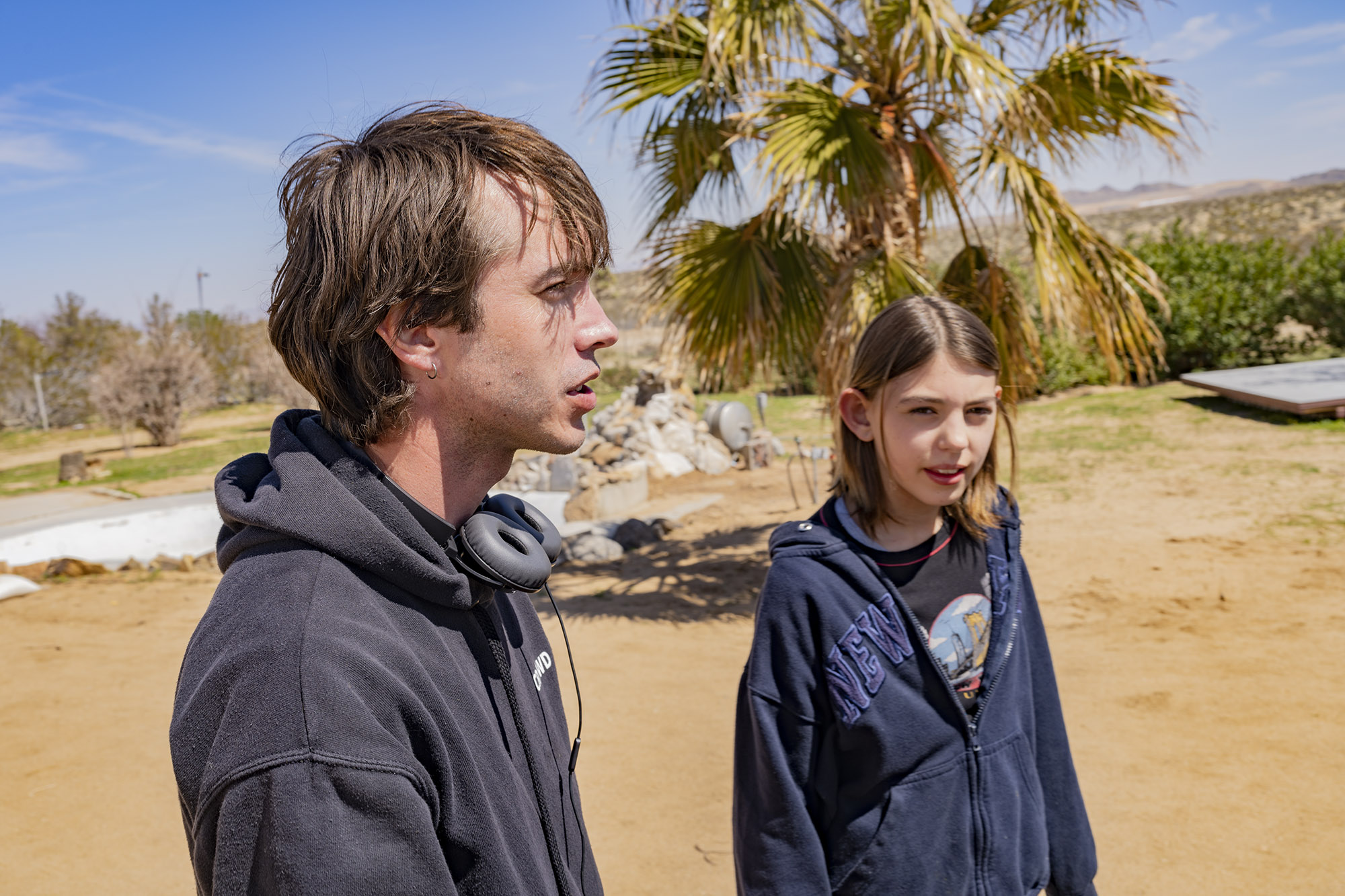
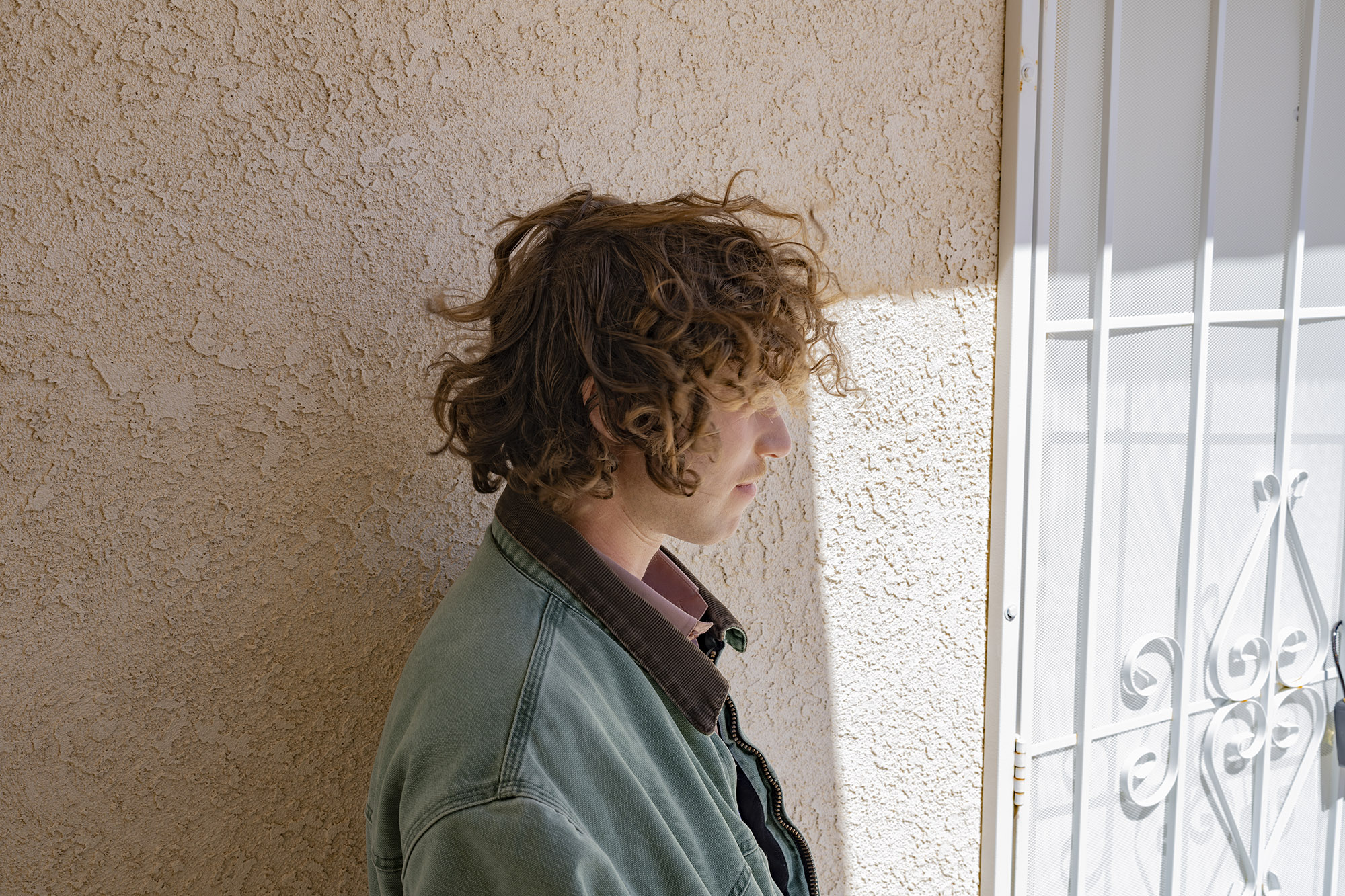



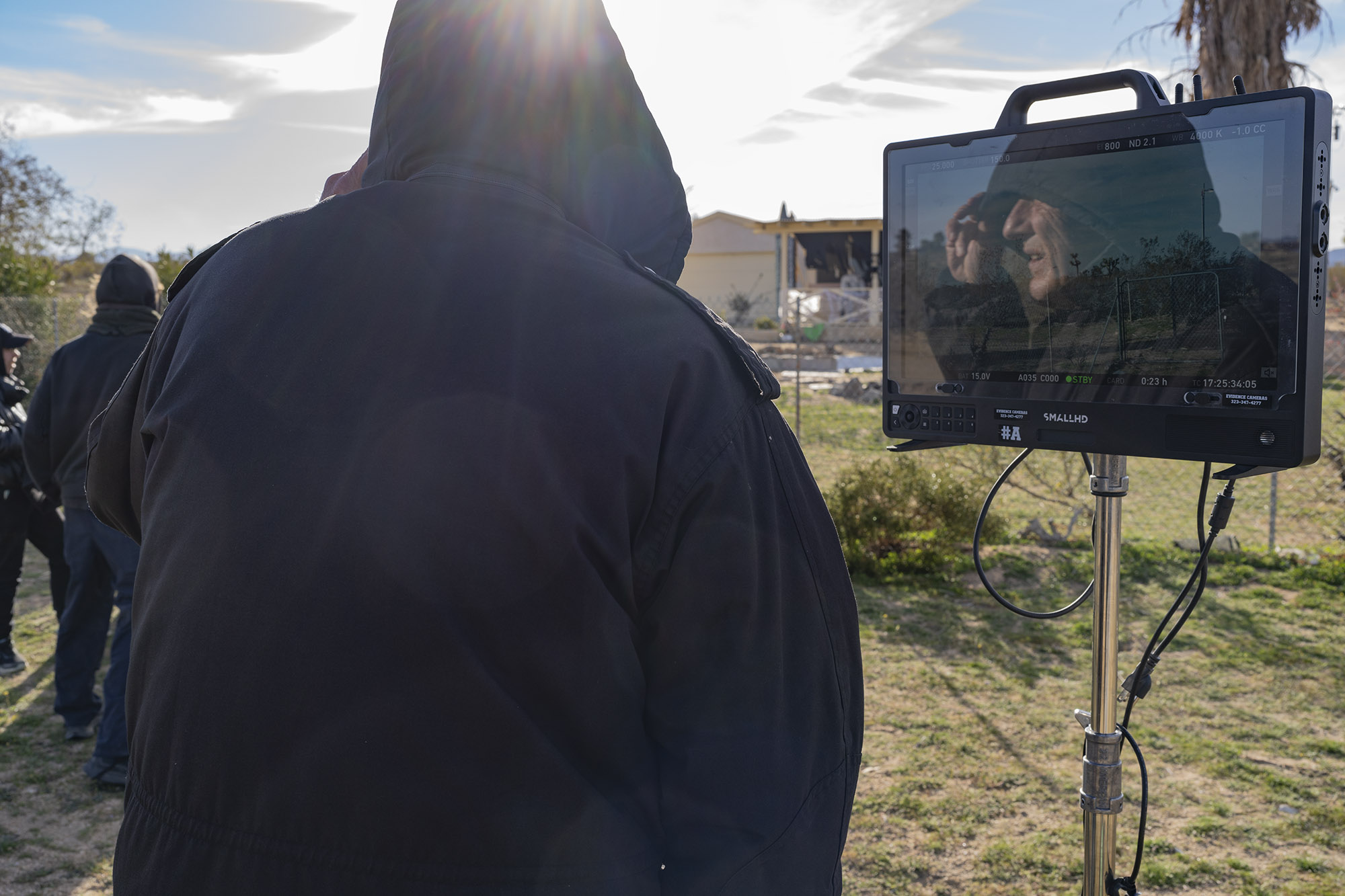
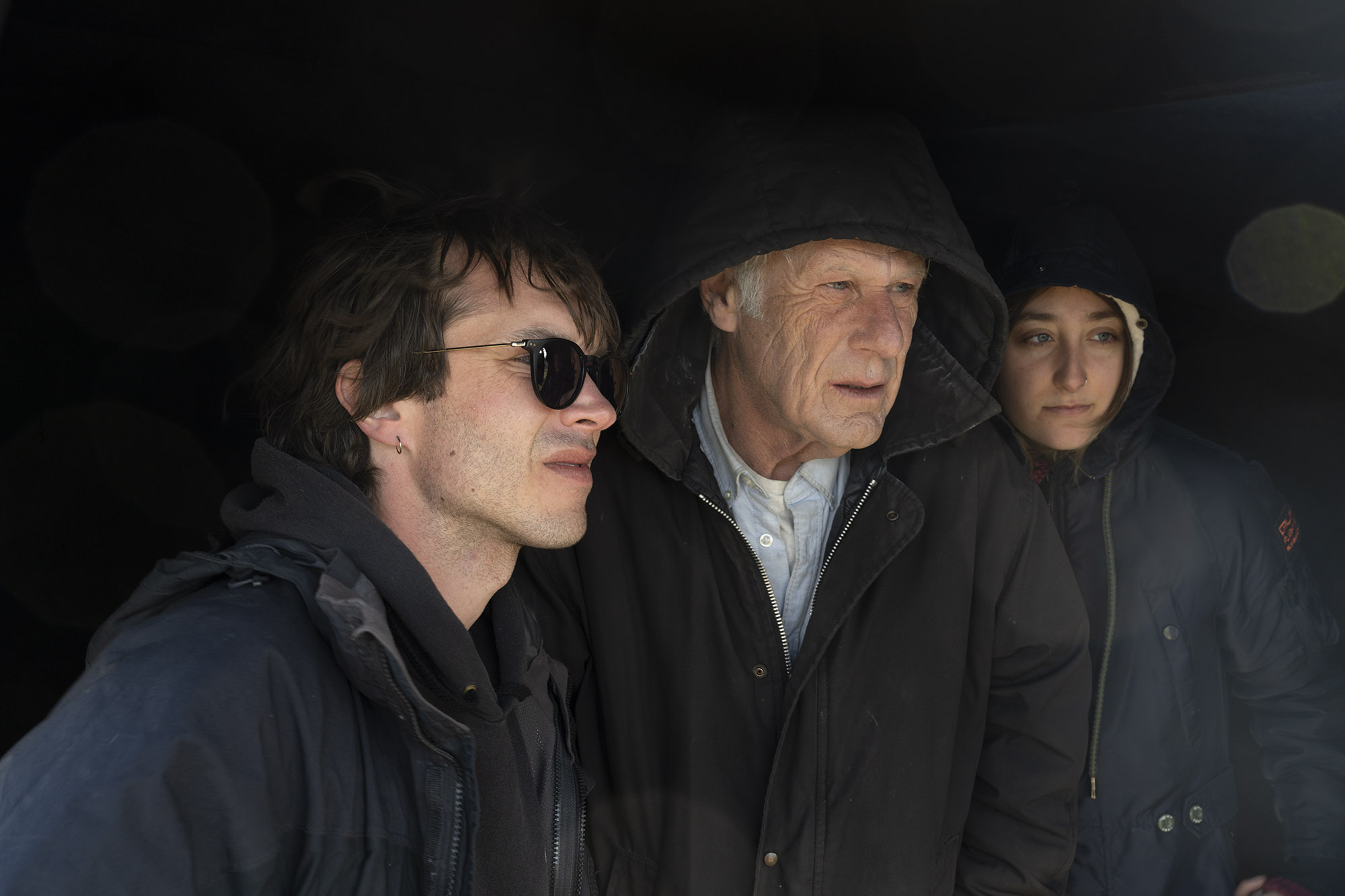

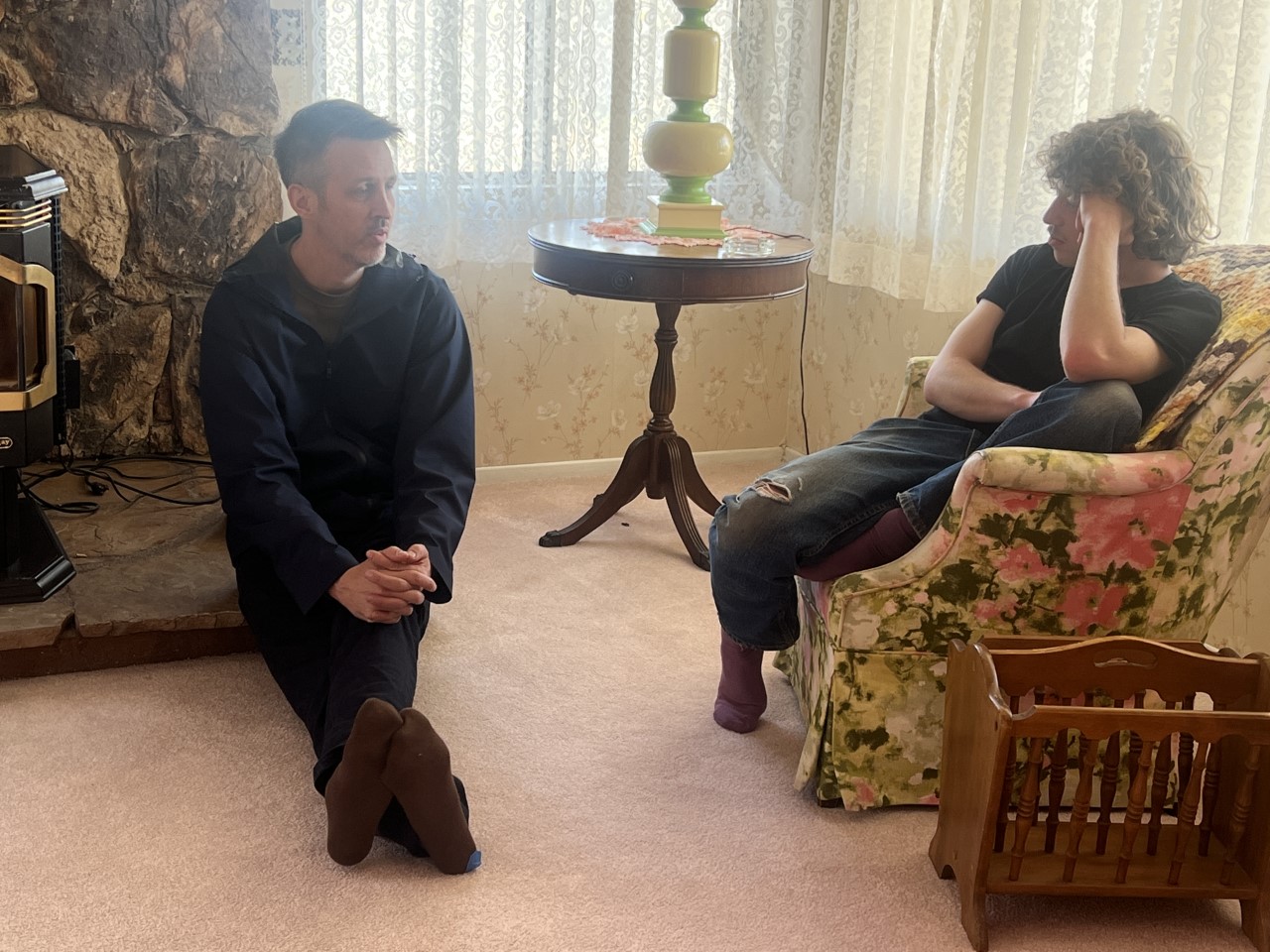
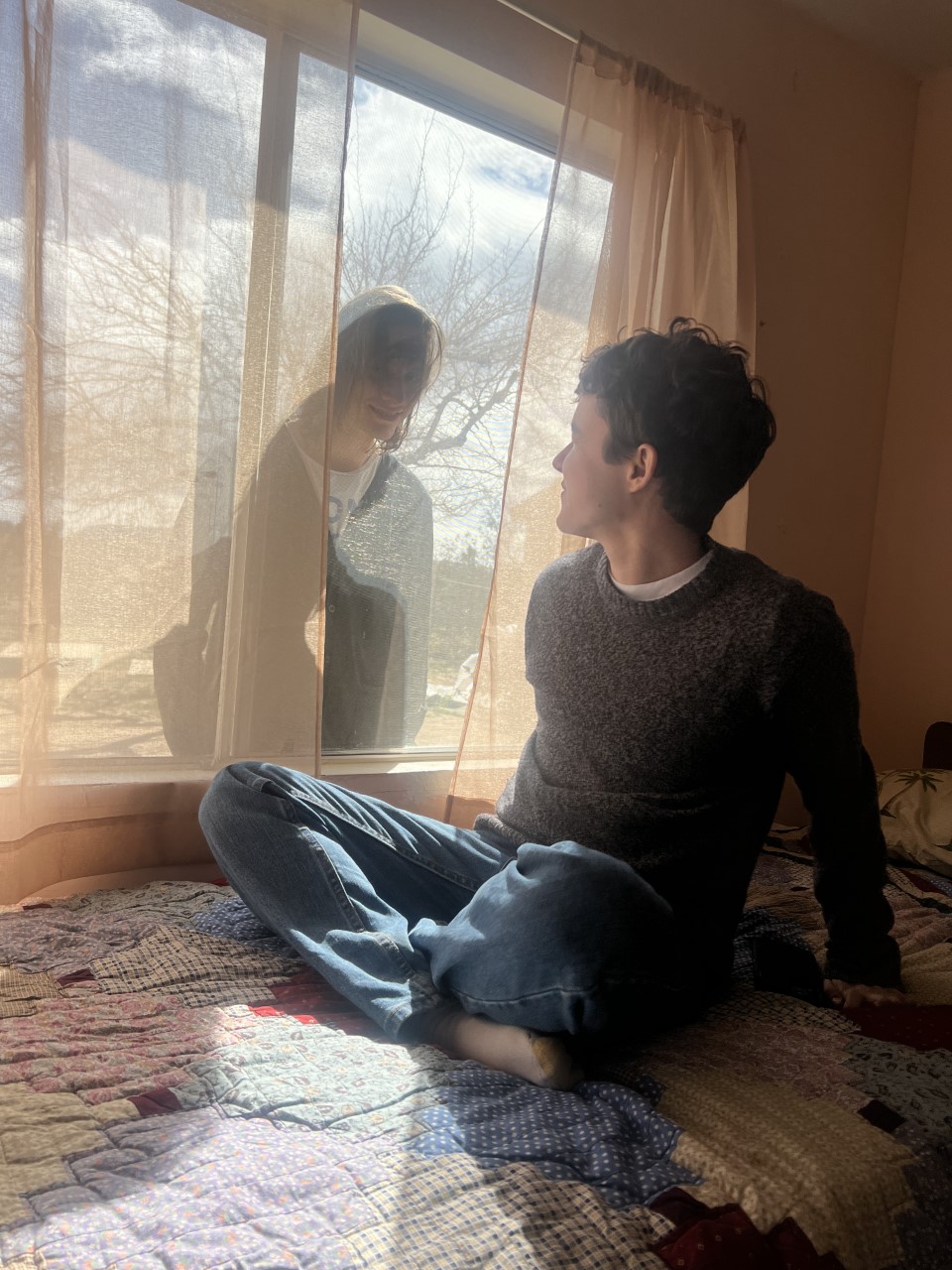
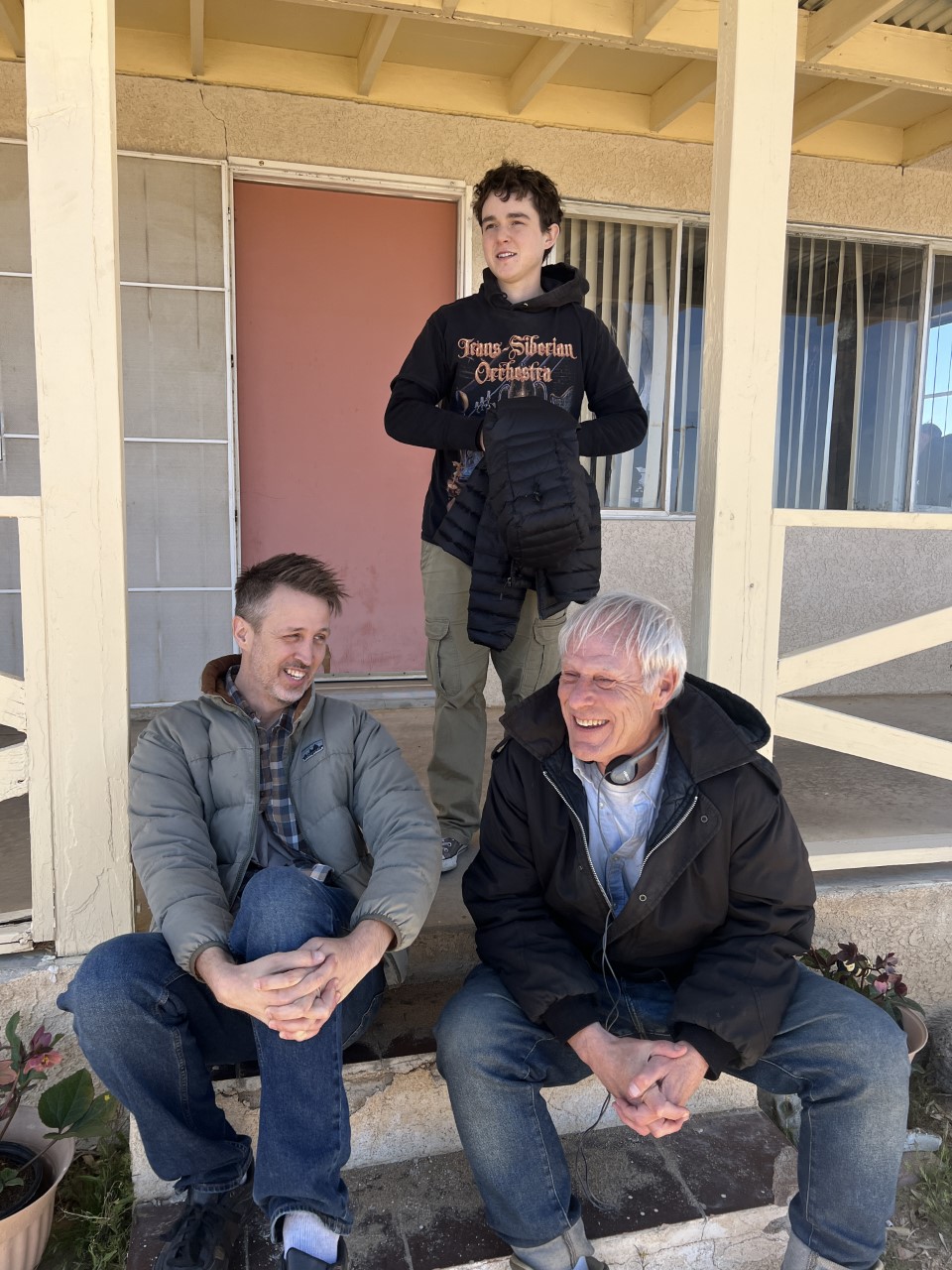

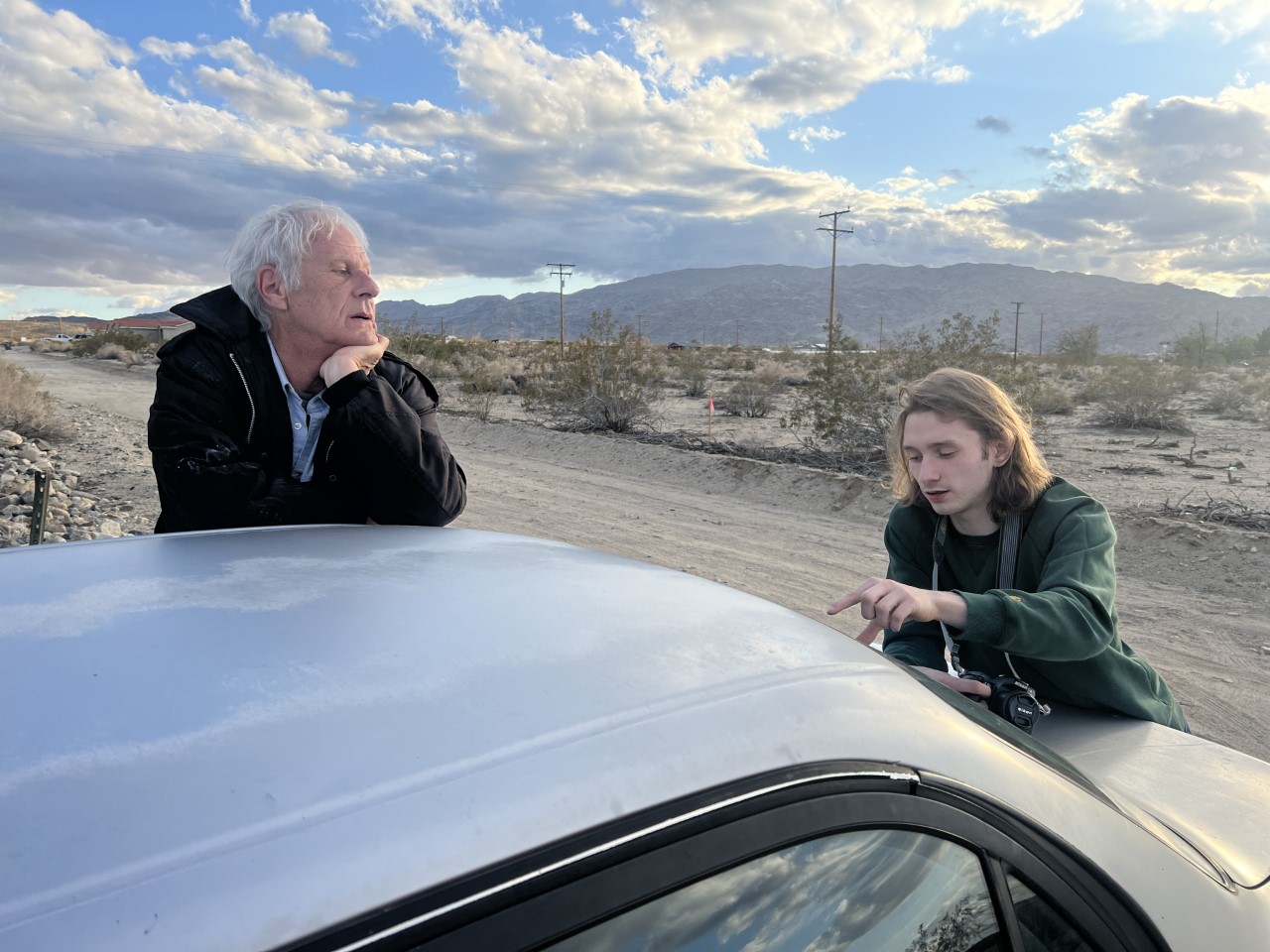
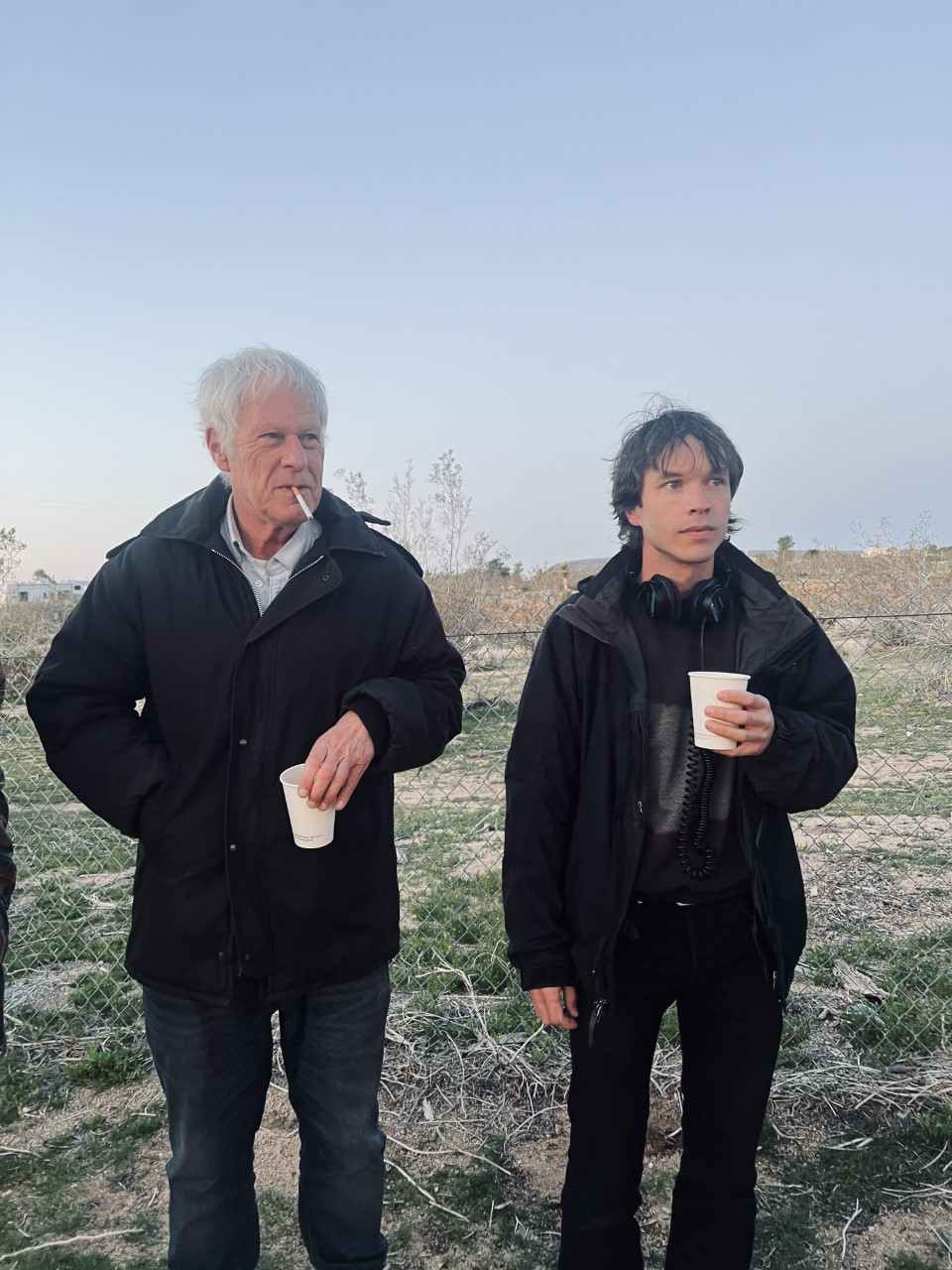
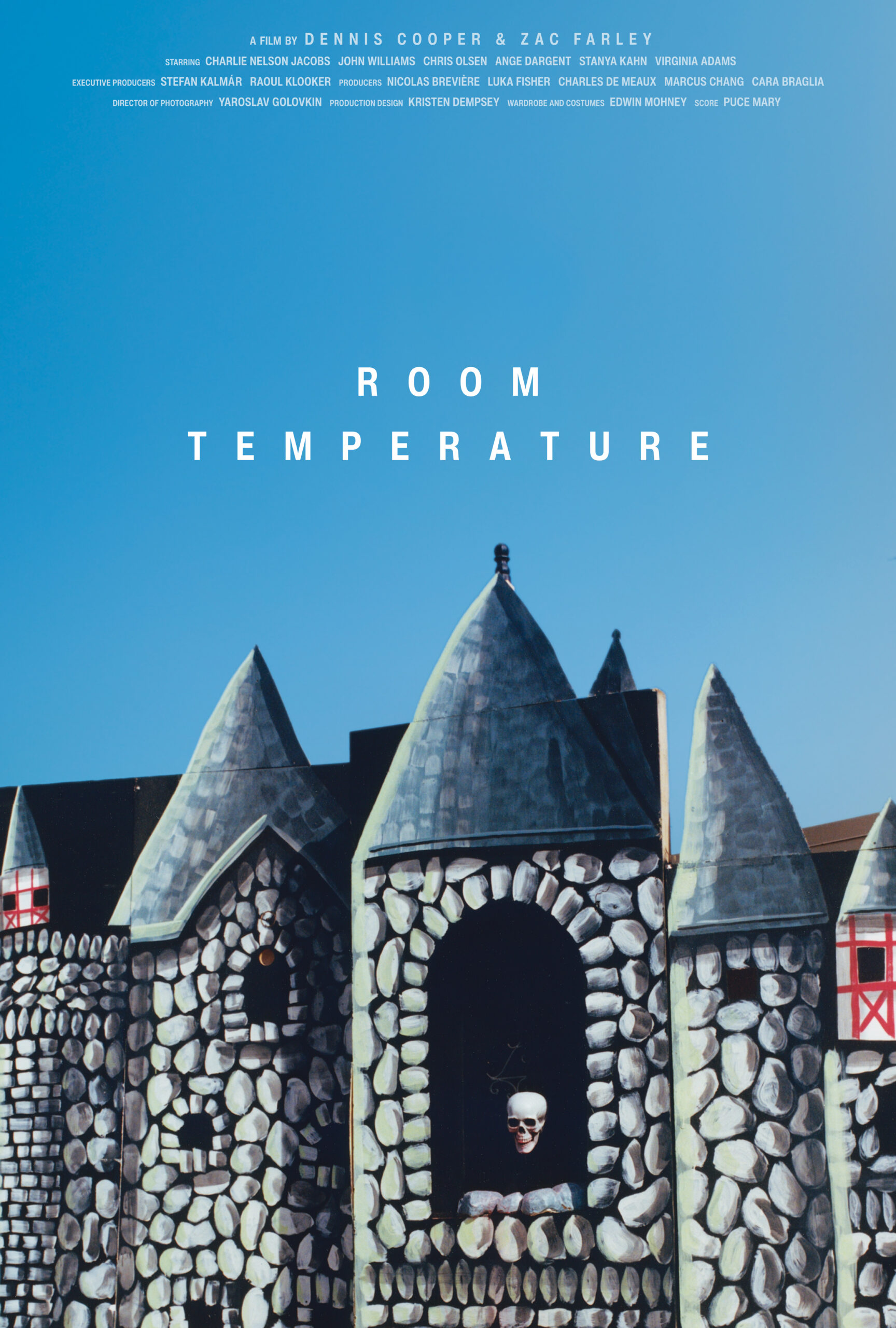



 Now available in North America
Now available in North America 